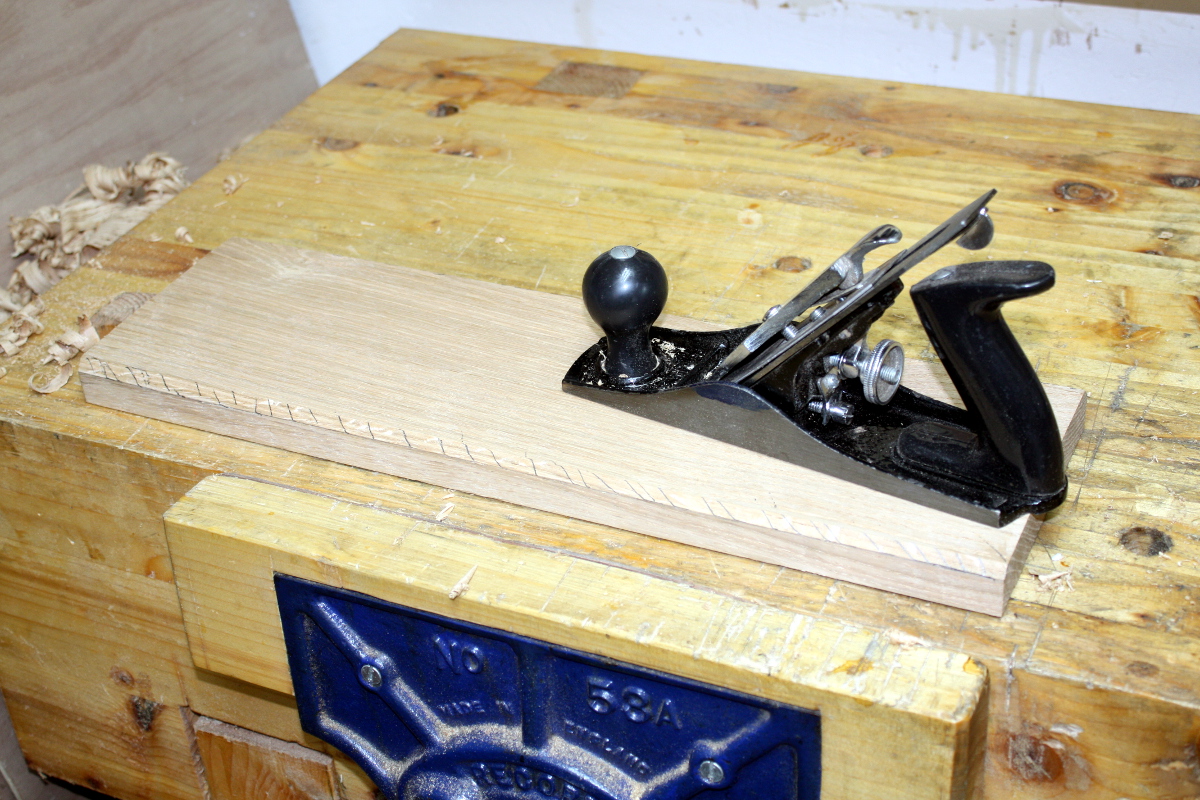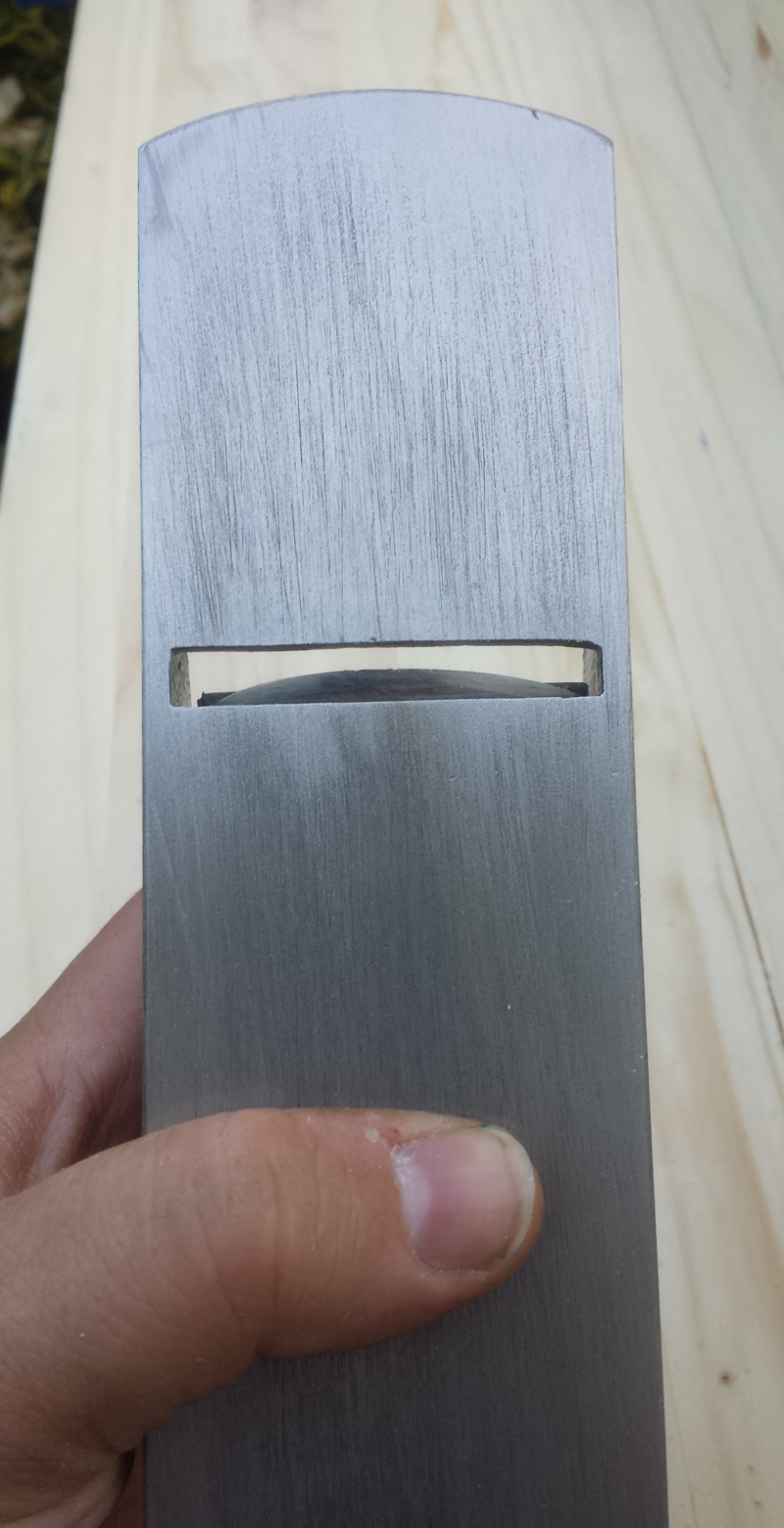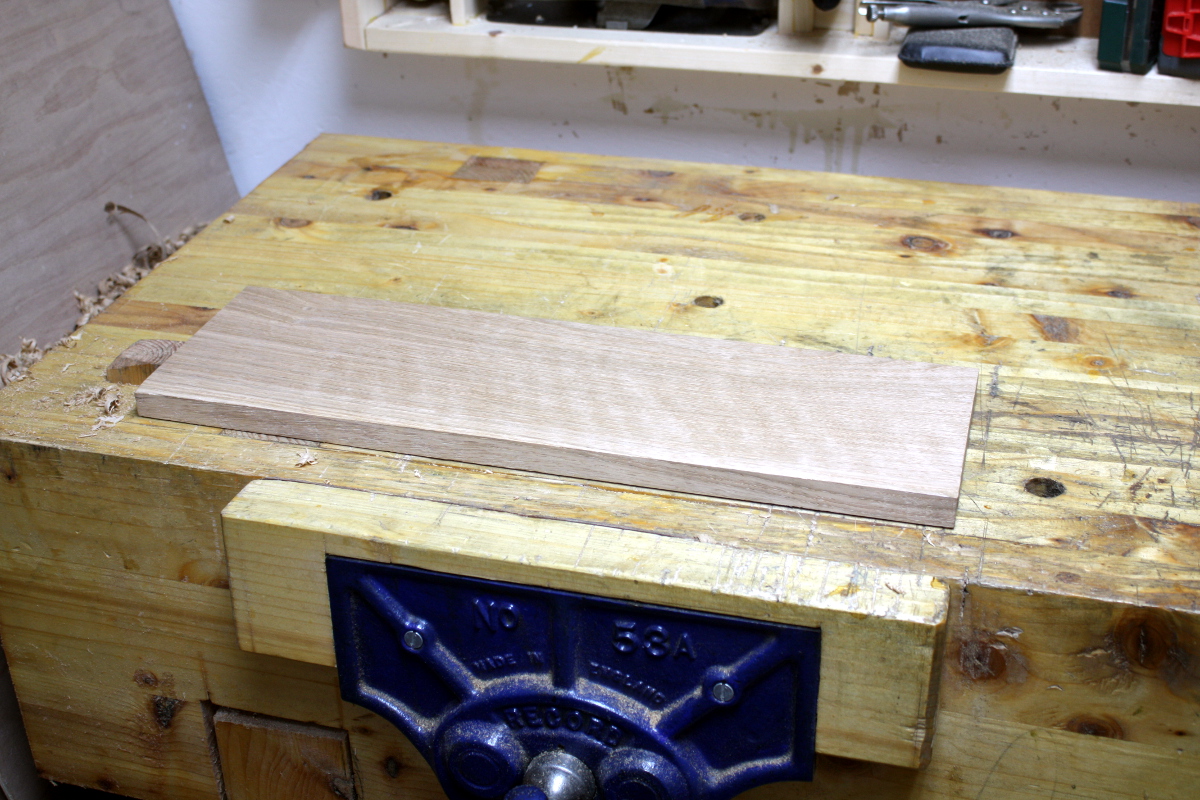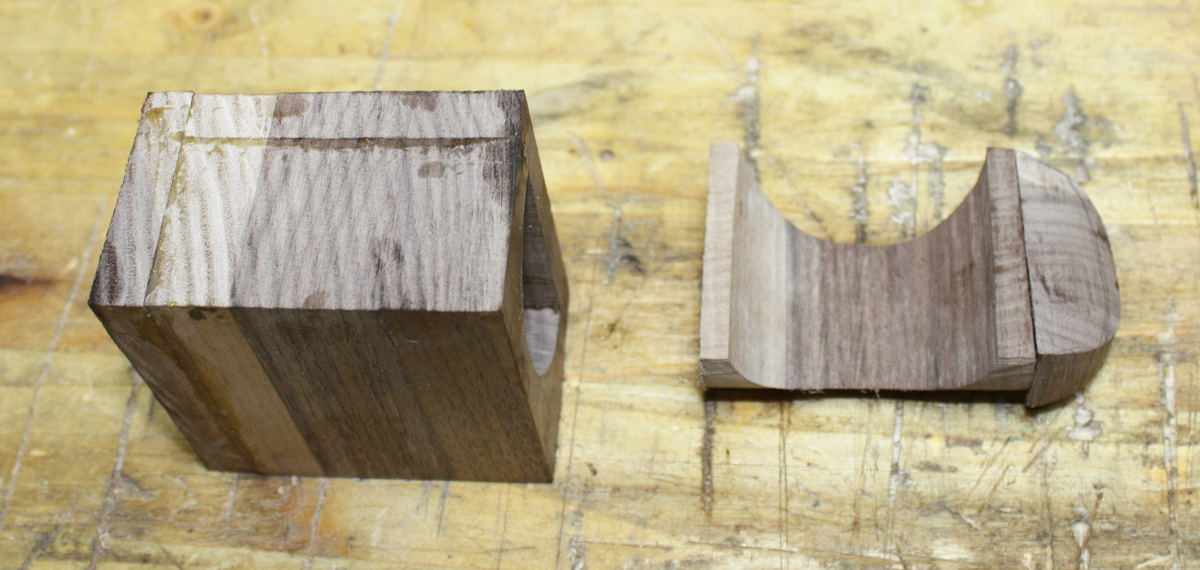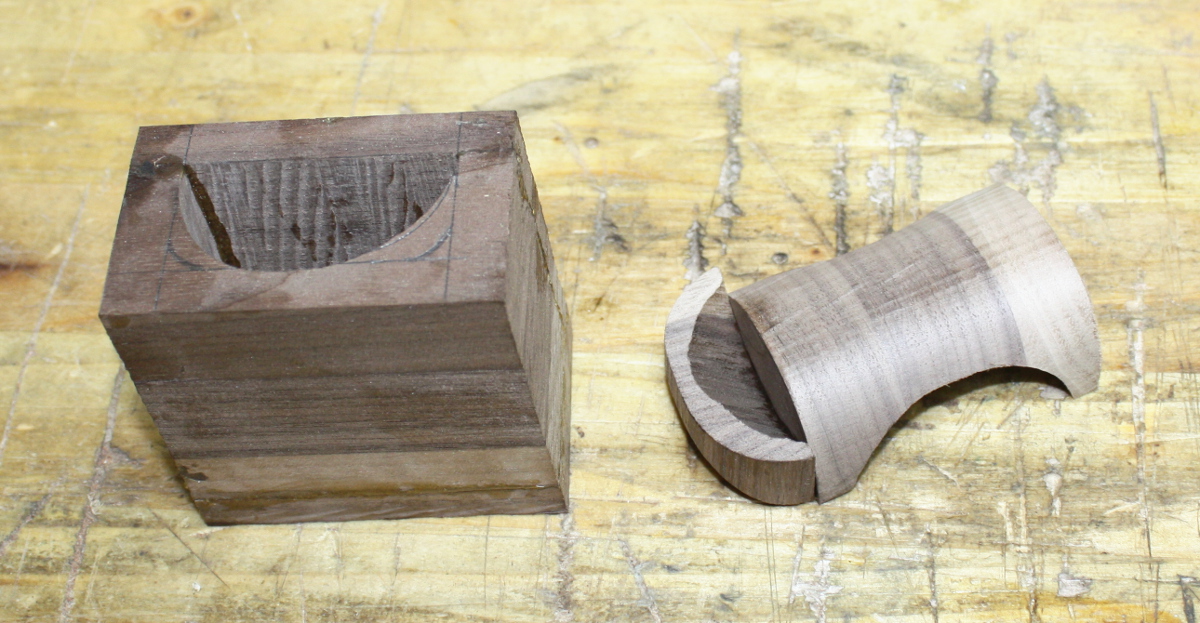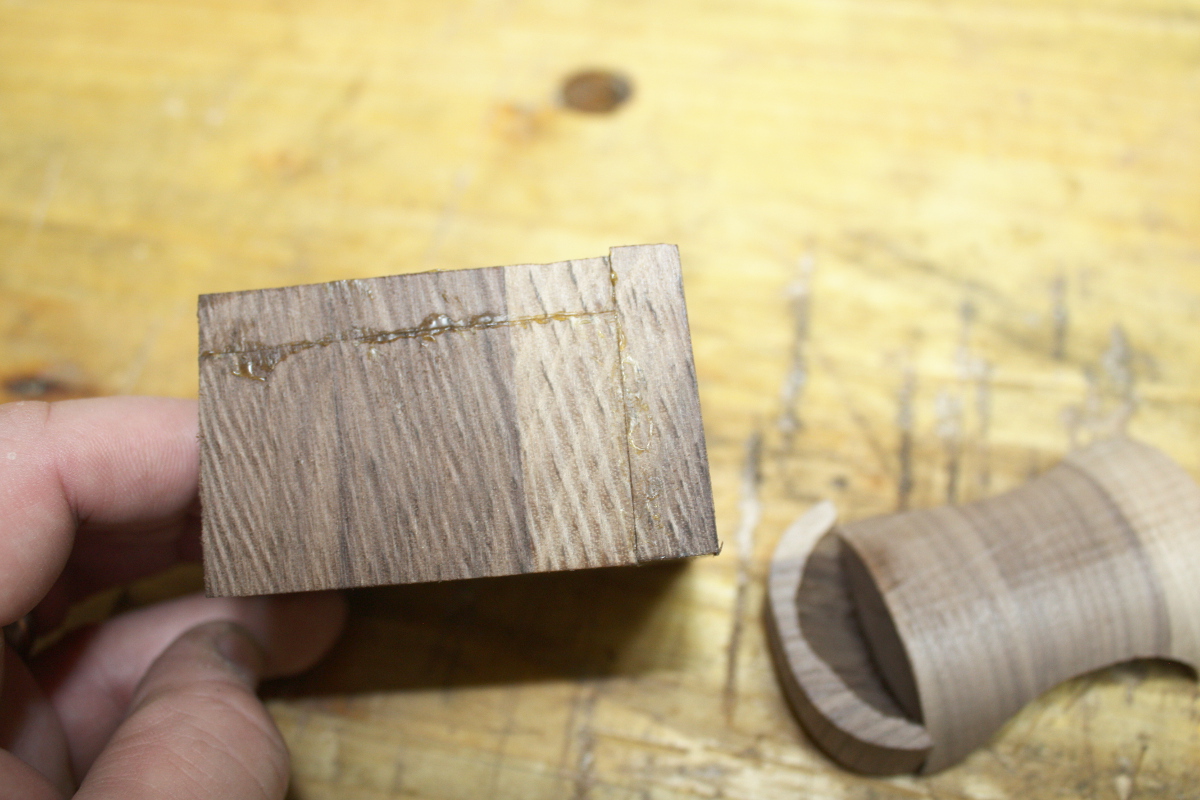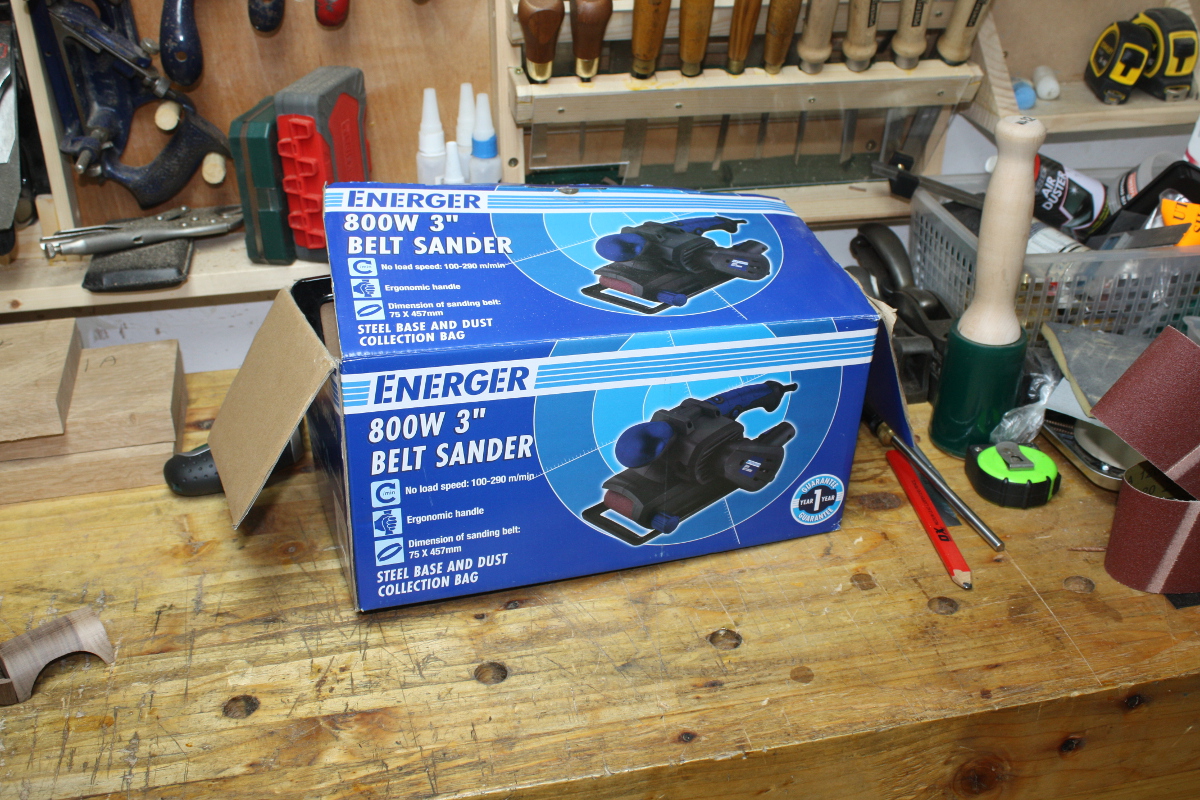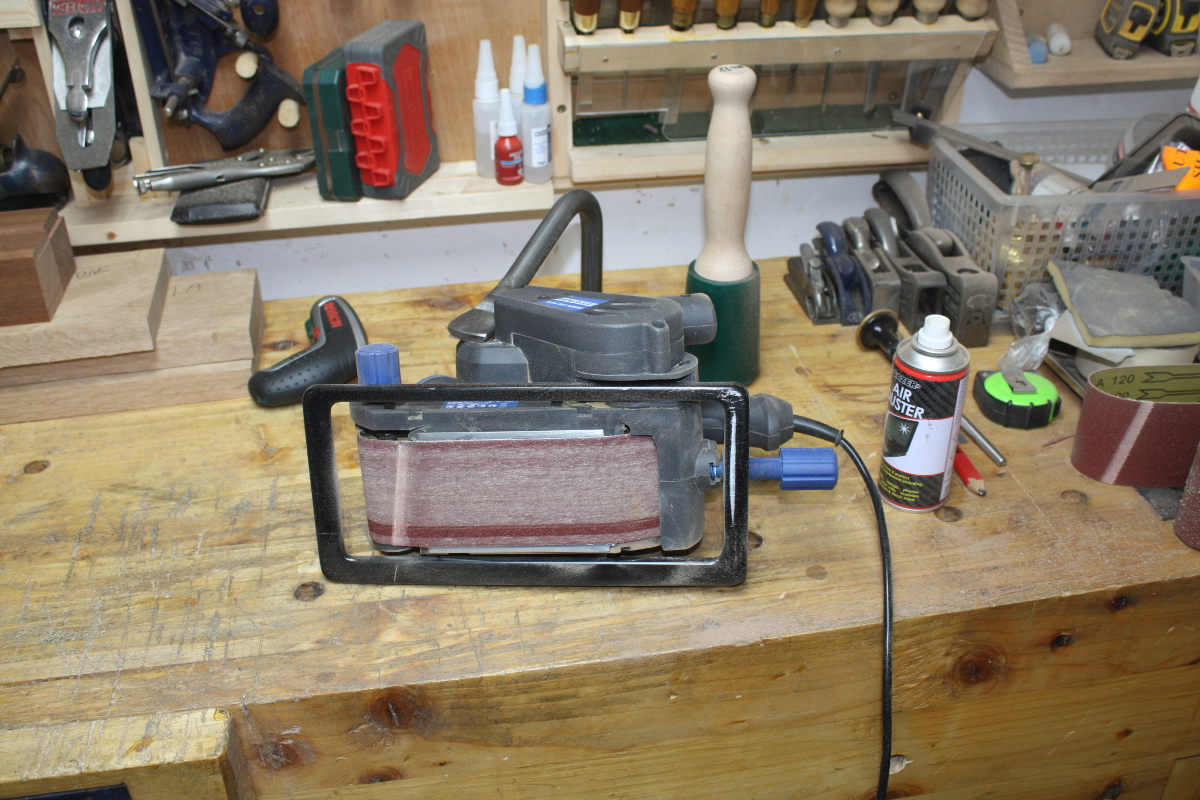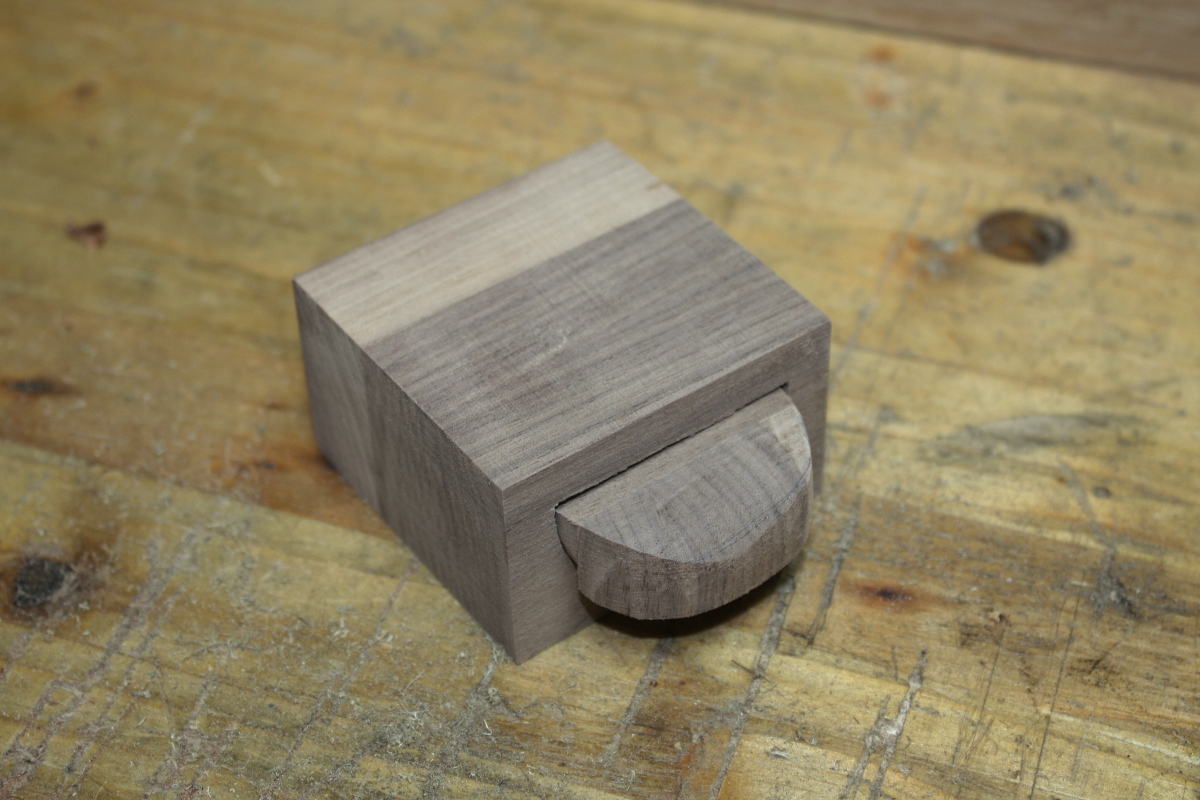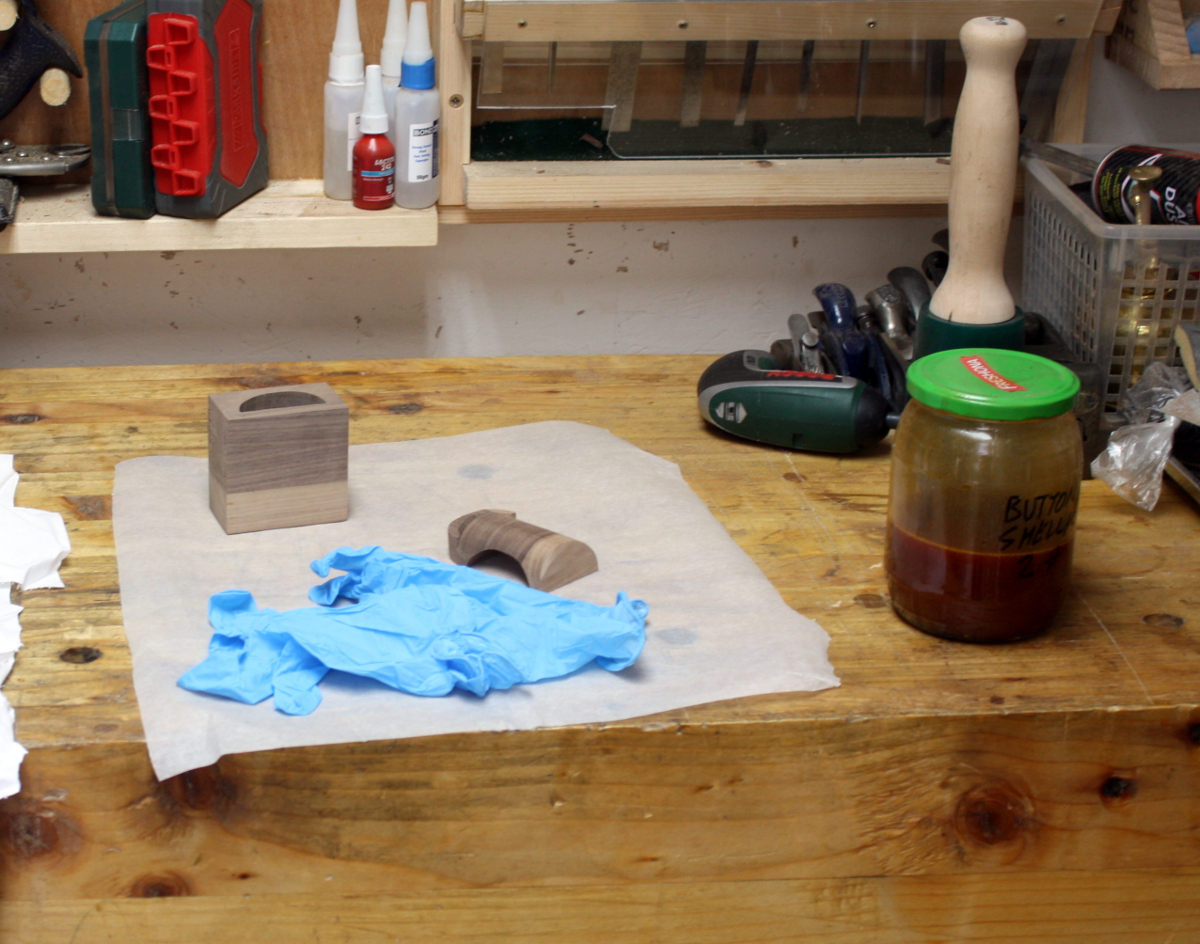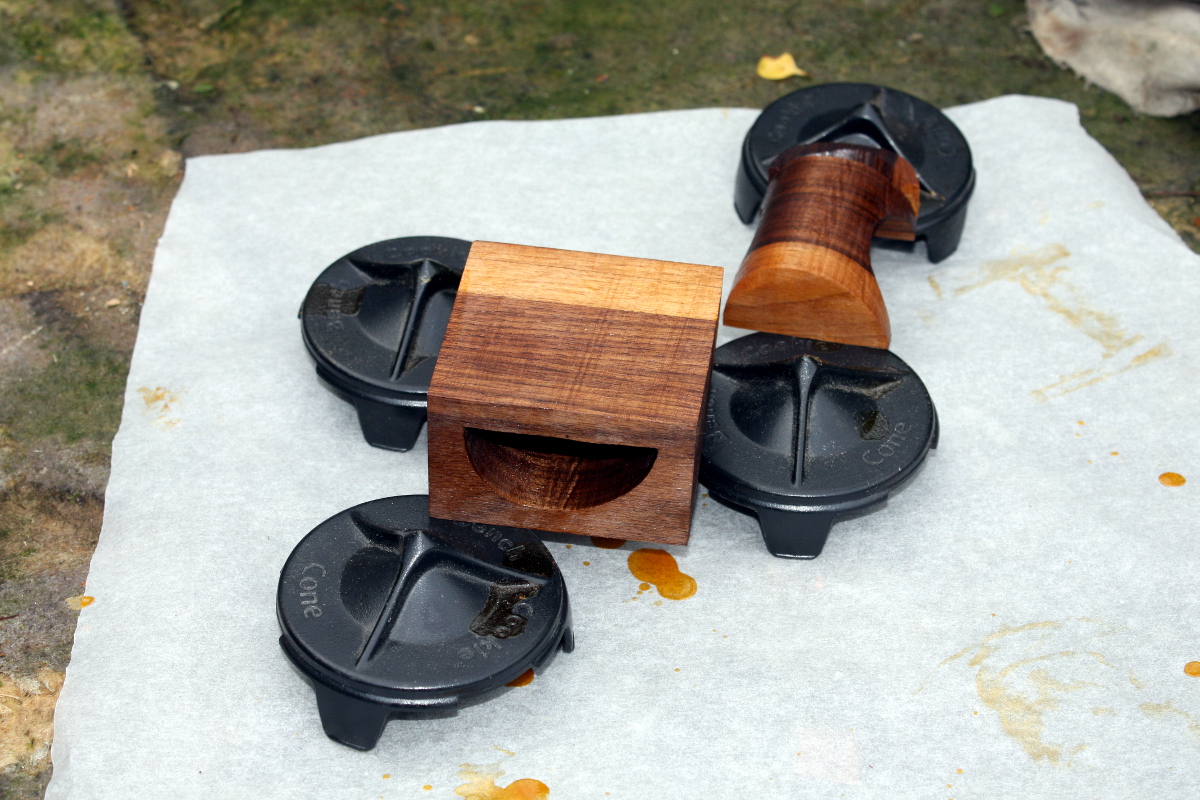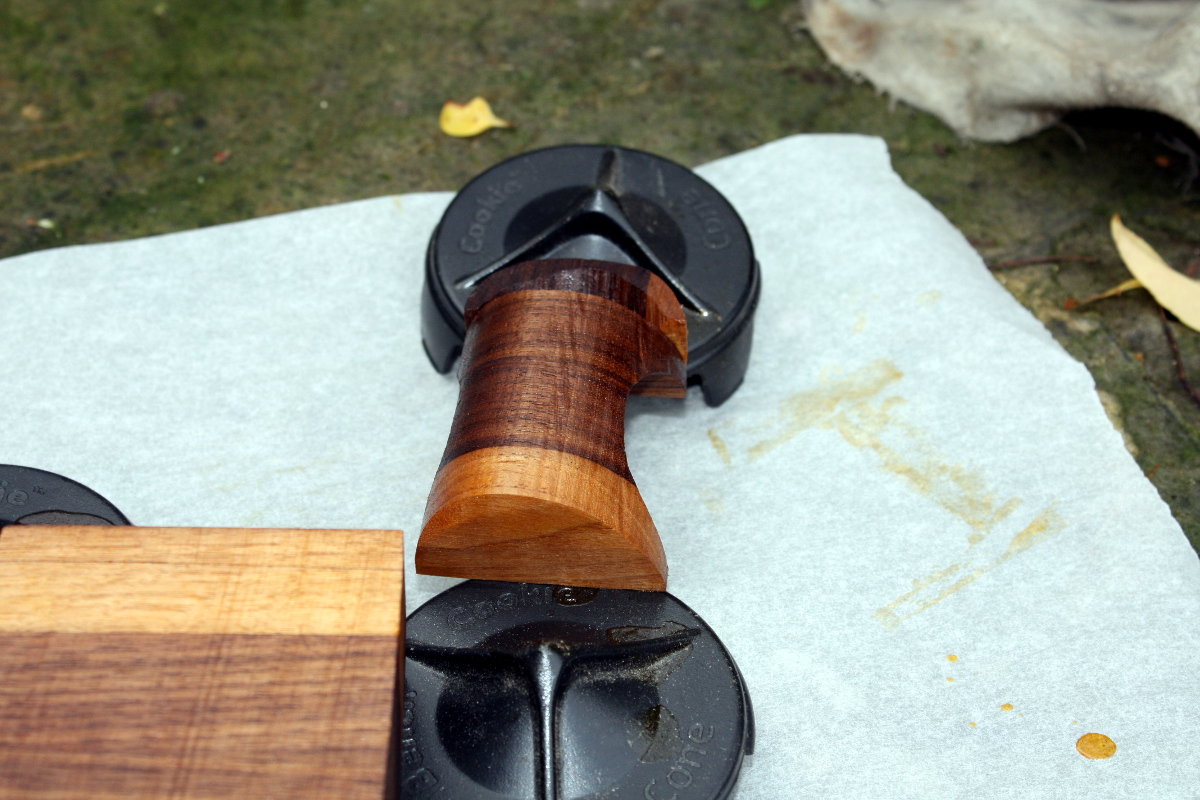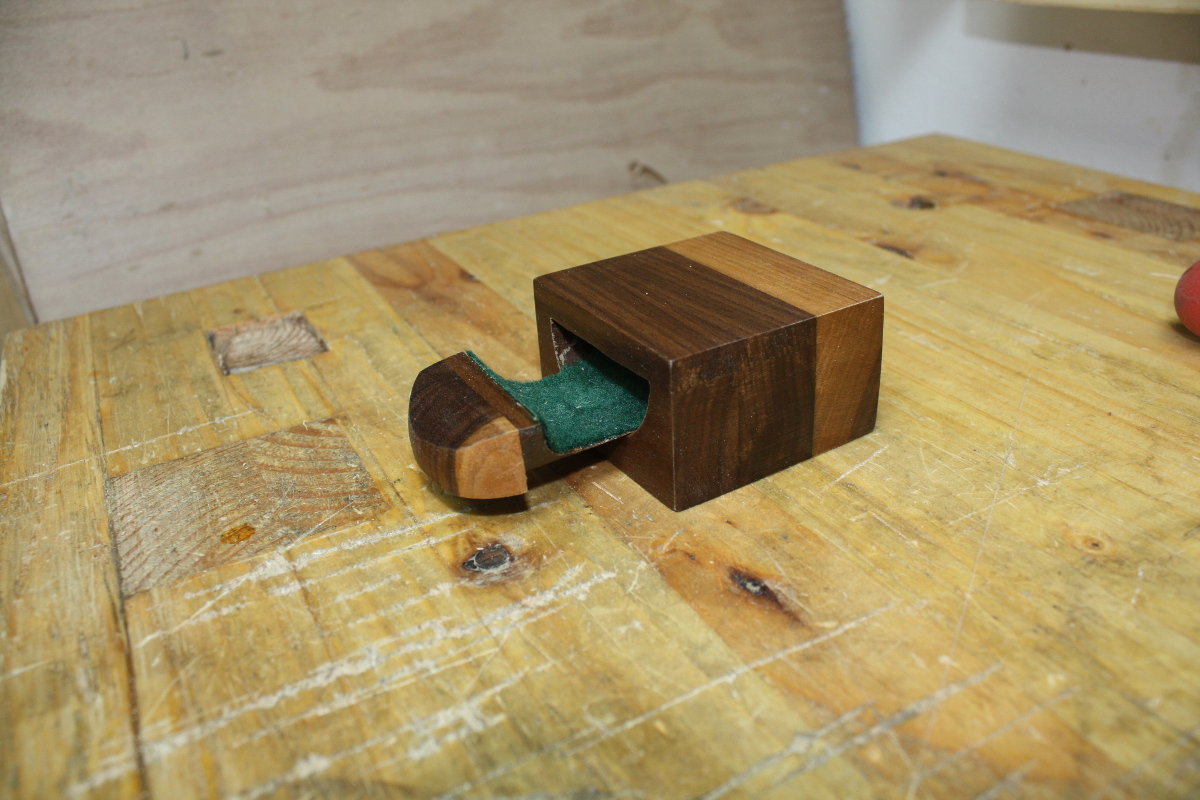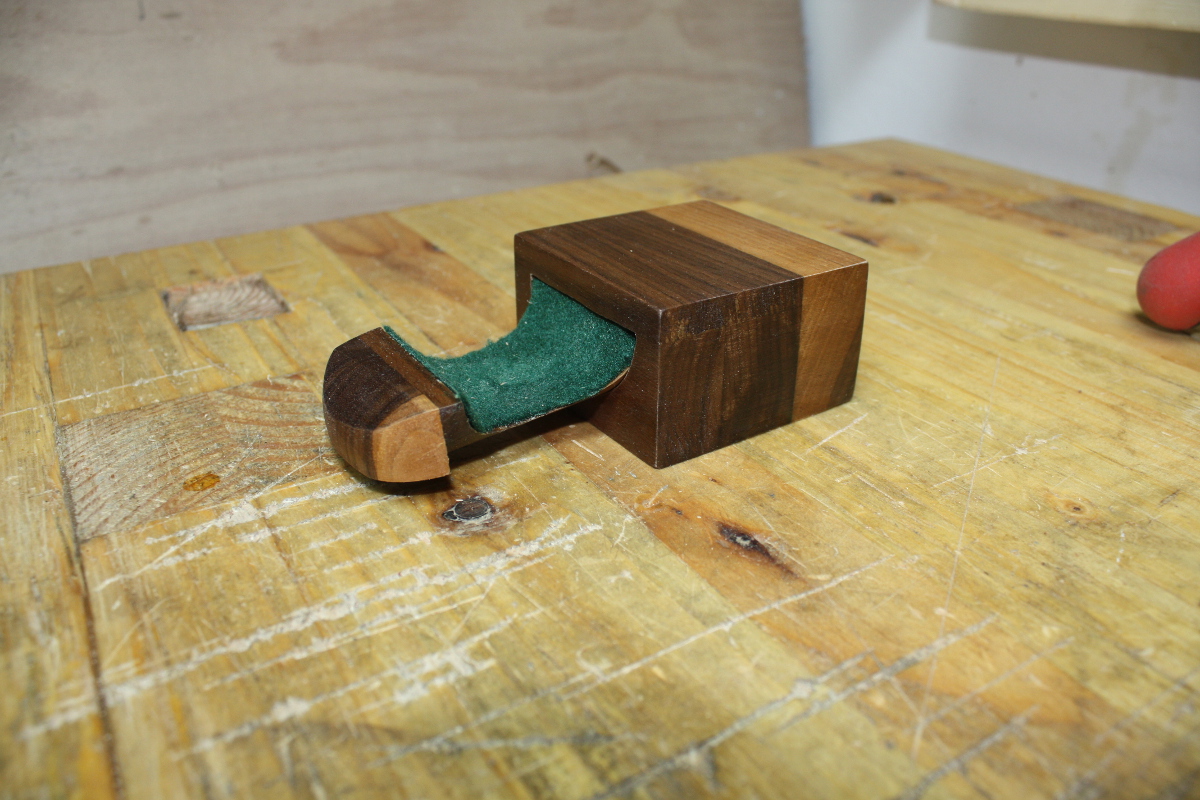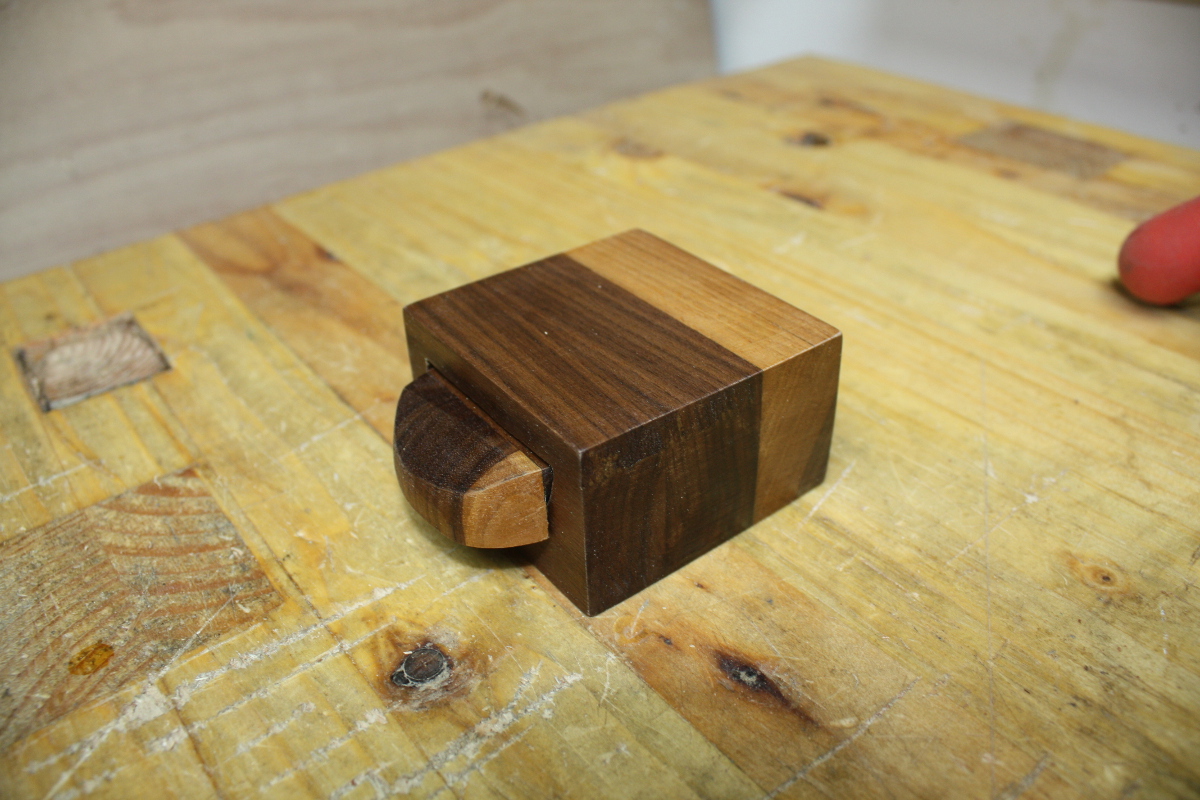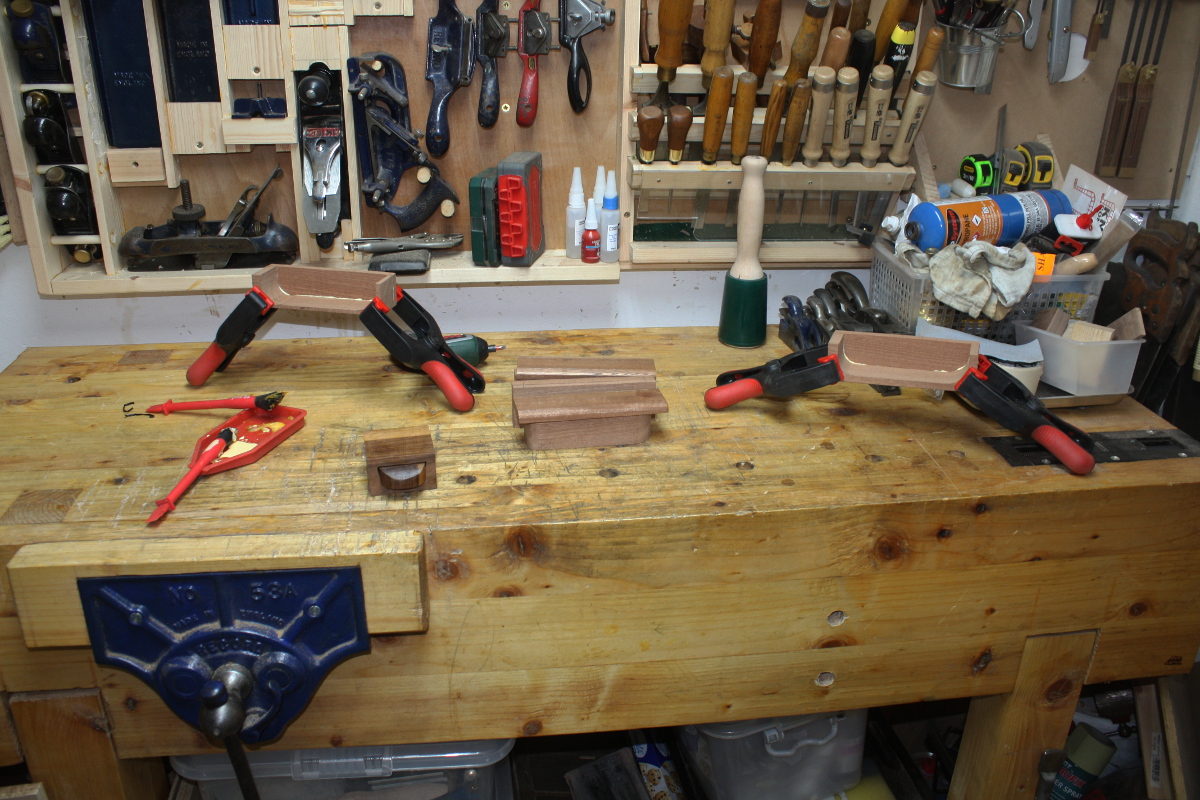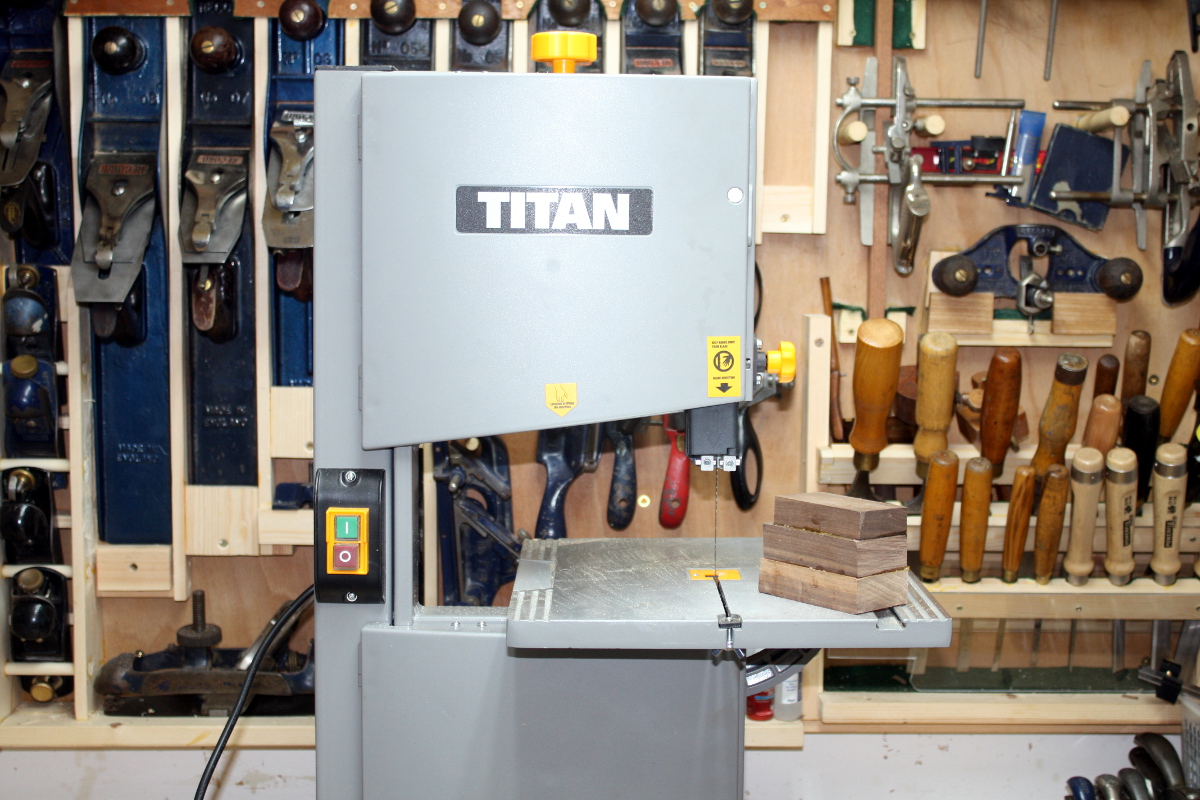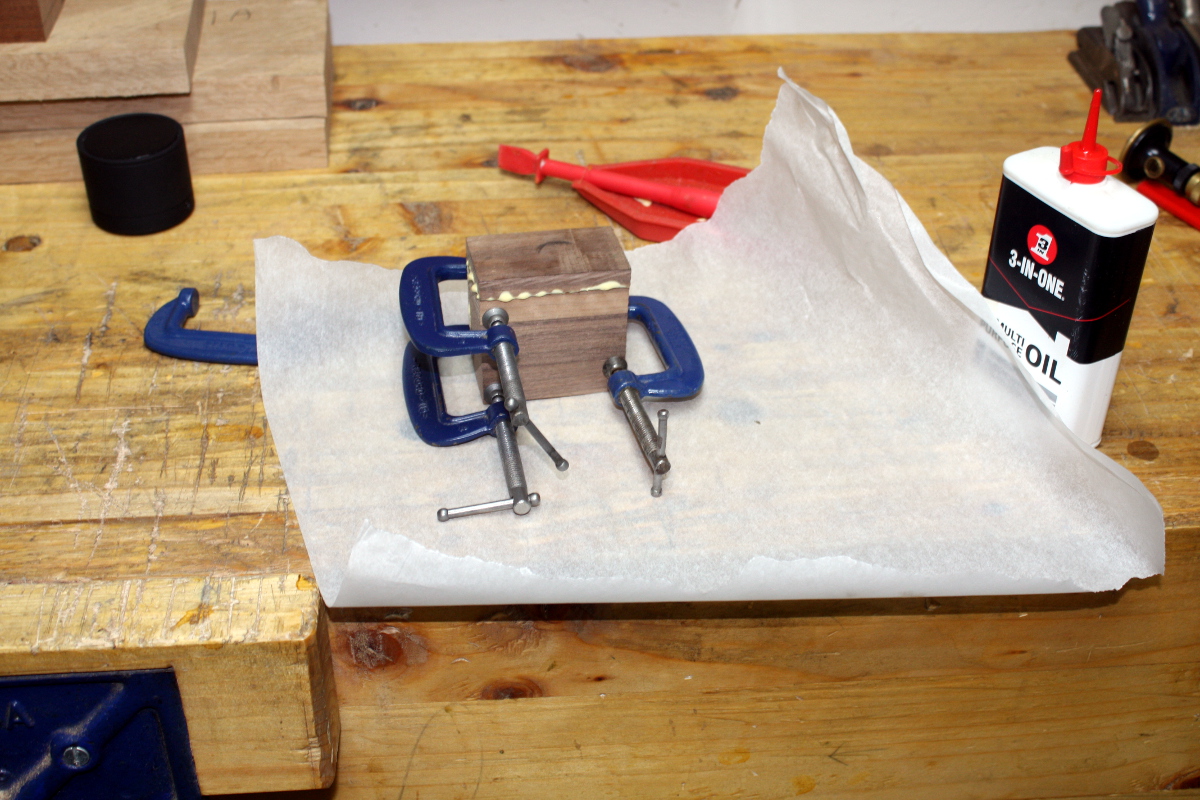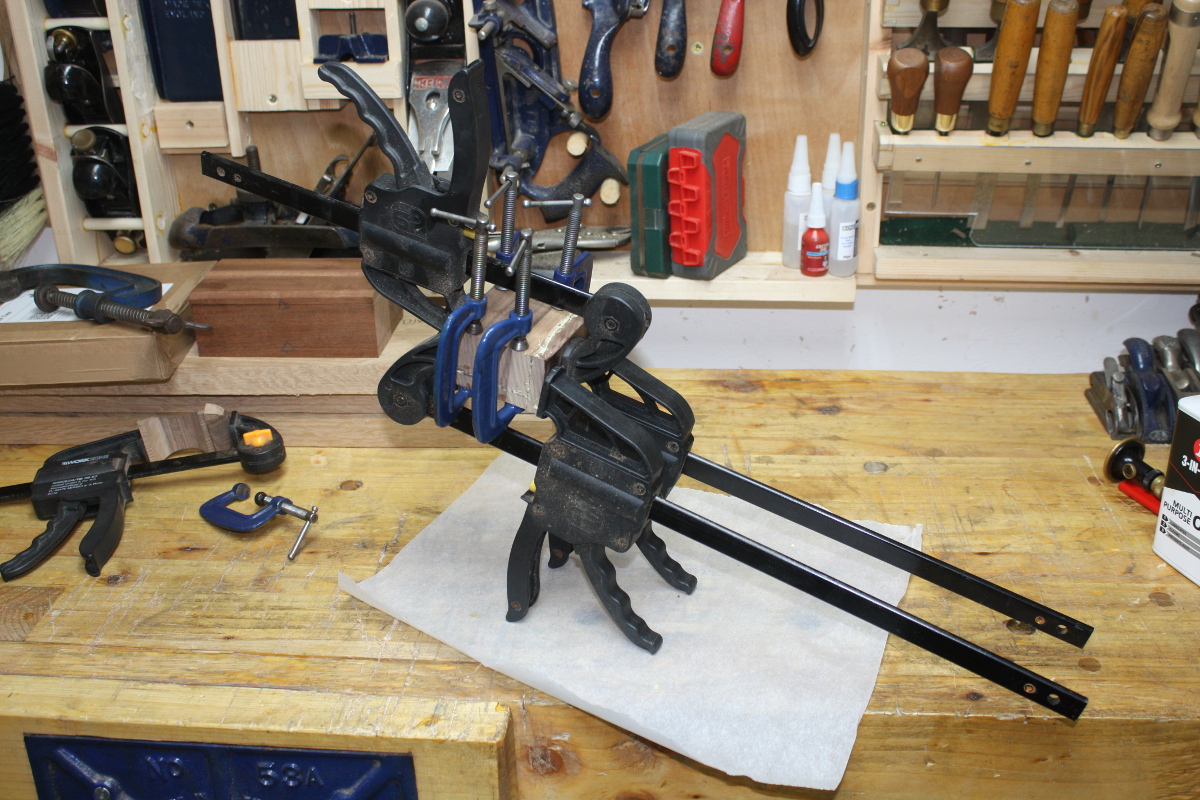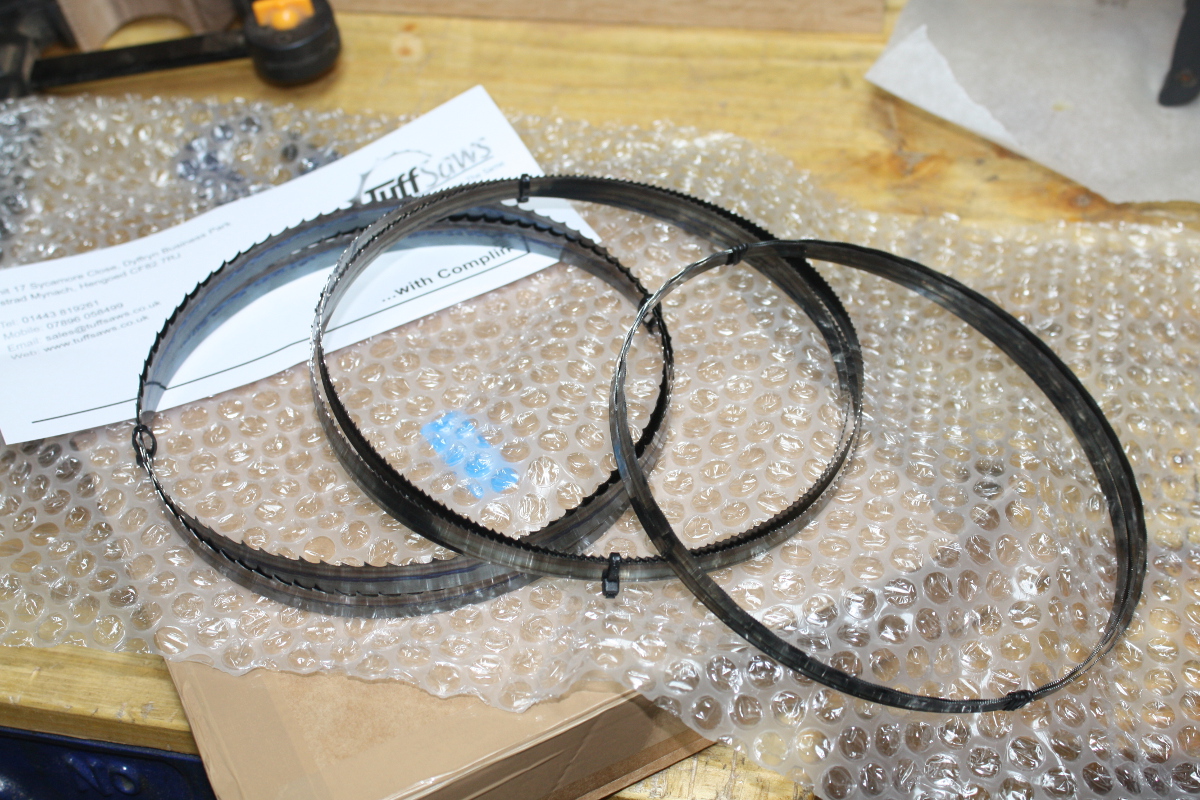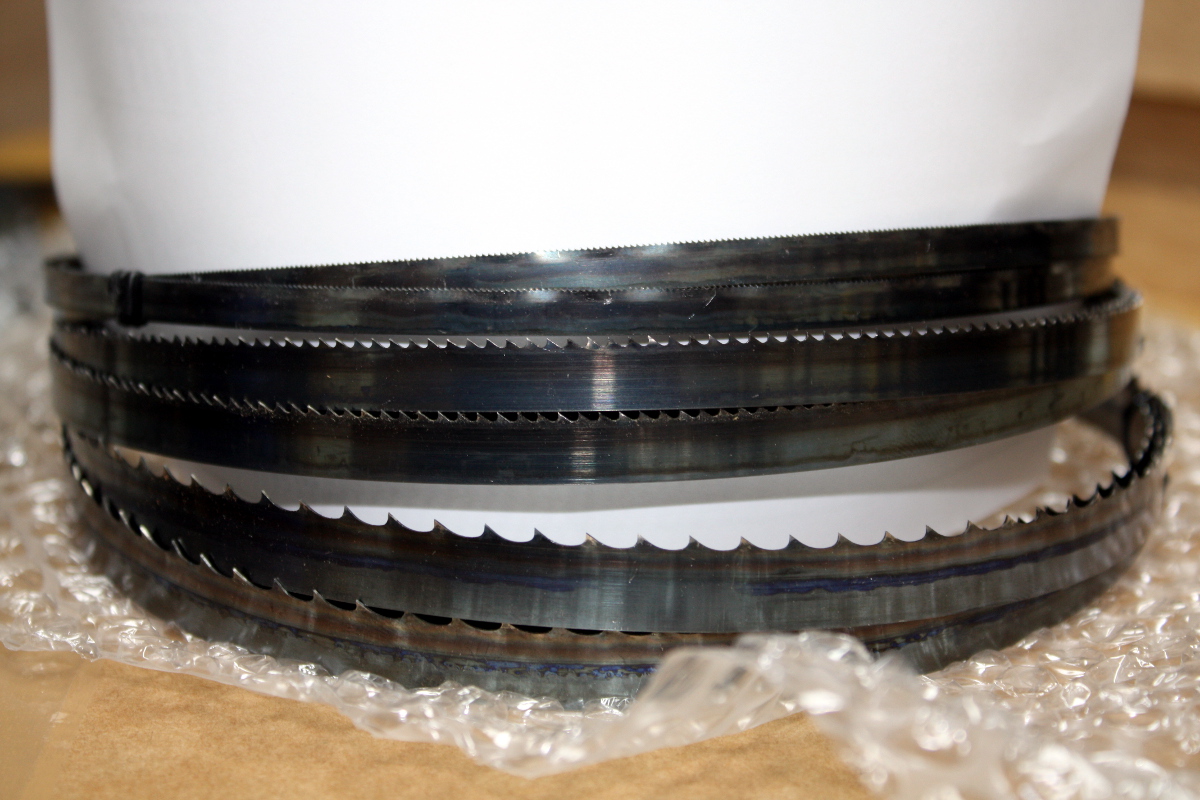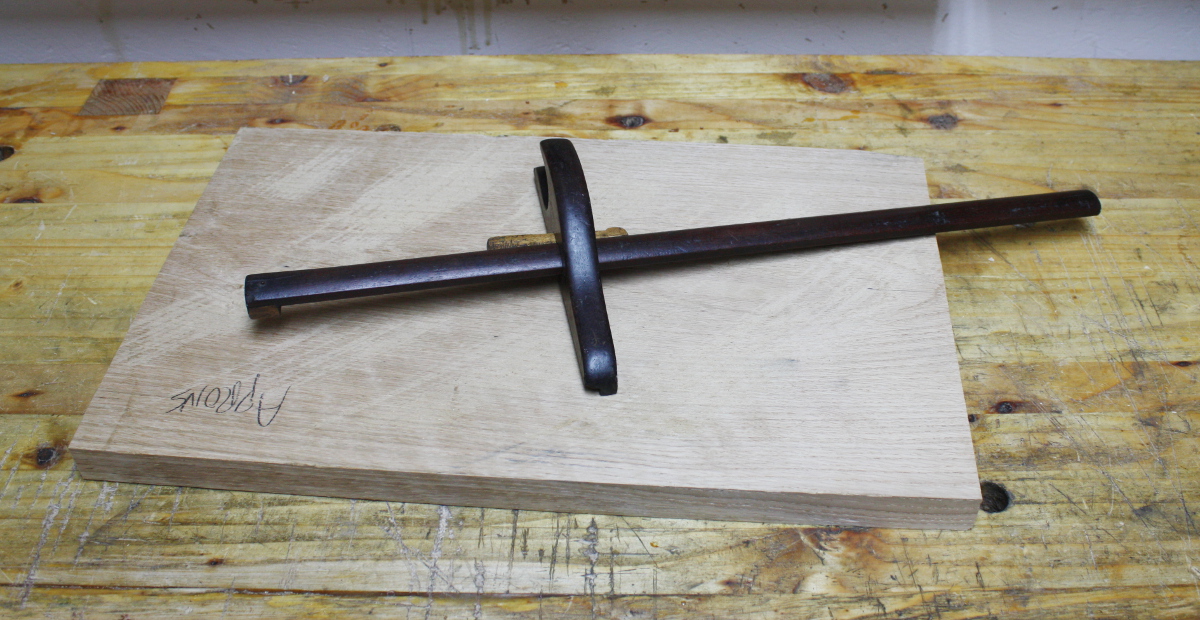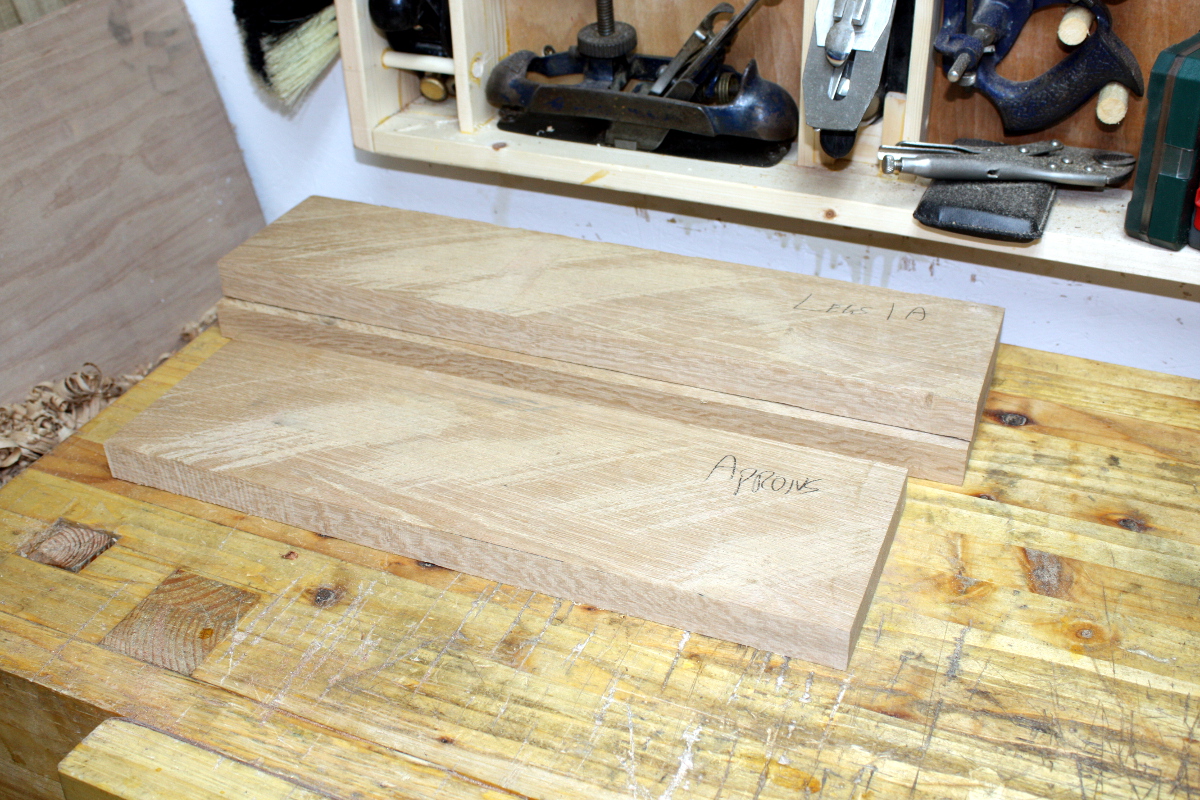Looooong day. I had a callout over the weekend at midnight on Saturday so I had a few hours off in lieu that I took this morning to go to the timber yard. One of the next projects coming up could use some 8/4 oak so my shopping list was a 6-8″ board of 8/4 oak between 8′ and 12′, an 8-9″ board of 4/4 oak around the 12′ mark, and possibly the same two boards again in walnut. And I thought I’d take a look at the beech and get a small board of that to try working in it.
You know how plans rarely survive contact with reality?
So, Brexit. And now any timberyard here in Ireland has a choice – either get hardwoods direct from the continent via ship which is more expensive than road haulage; or buy it from the continent and drive it back home through the UK with all the customs hassle on both coasts which is expensive; or do what they’ve done till now and buy smaller quantities from UK timberyards and ship it back on the ferry to here, but now paying higher prices because the pound has collapsed, and next year, paying higher prices again because the UK is having to pay customs duties of 20% or more on their imports from the EU (because the UK does not grow enough timber for itself and hasn’t since the 18th century), and then paying higher prices again because of customs duties re-importing that timber back here.
The shorter version of that is, Because Brexit, hardwood now costs 150% or so of what it cost this time last year. Except maybe for that german beech, which I think was roughly the same.
(Oh, and forget about looking to the US, they’ve finished one round of 20% tarrifs on canadian softwood and the entire softwood and hardwood market rising to match that, and they’re now looking at another 20% round Real Soon Now).
So, 8/4 oak board? No worries, Paul had an 8′ board from the end of a pack. Grand for me, no knots, no damage, slight cup but the parts I’ll be making are 1′ or shorter so that’s no worry. But it’s €60/cb.ft. The 4/4 oak is around €45/cb.ft, up from €30. The 4/4 walnut is closing on €90/cb.ft and the 8/4 walnut… well, the one board I’d picked out (8/4 6″x10′) was €140. Alas, it remains in the warehouse 😀
The beech on the other hand, was beautiful stuff, I had the first pick from a freshly opened pack and it had lovely clear grain, so I wound up buying two cubic feet in four boards, way more than I intended to but it was just so damn nice looking and so cheap compared to the rest (at around €24/cb.ft) that I thought it would have been a mistake to leave it behind.
A few minutes with the circular saw to break it down enough to fit in both my car and the shed, and then it was time to test the new car’s timber carrying capacity (the old car gave up the ghost earlier this year and we had to change).


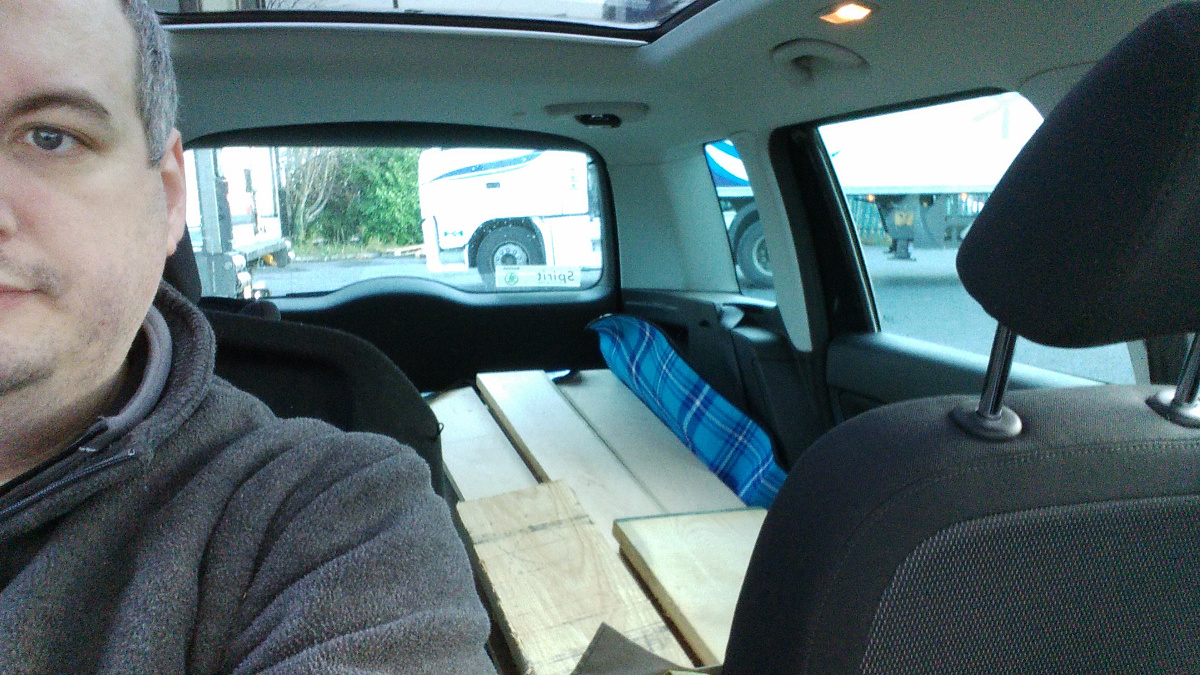
Huzzah! It took all of three minutes to pull those seats last night (they’re built to lift right out, it’s quite neat and tidy) and once loaded I could close the boot and drive home without any fuss. Score one for the Yeti.
Once I got it home, I had to clean up the shed slightly – the floor had about 3″ of shavings and crud built up on it because of the rush on the boxes, so that had to go and the timber store had to be quickly shuffled to make some room, and then it was the haul-it-through-the-house routine:
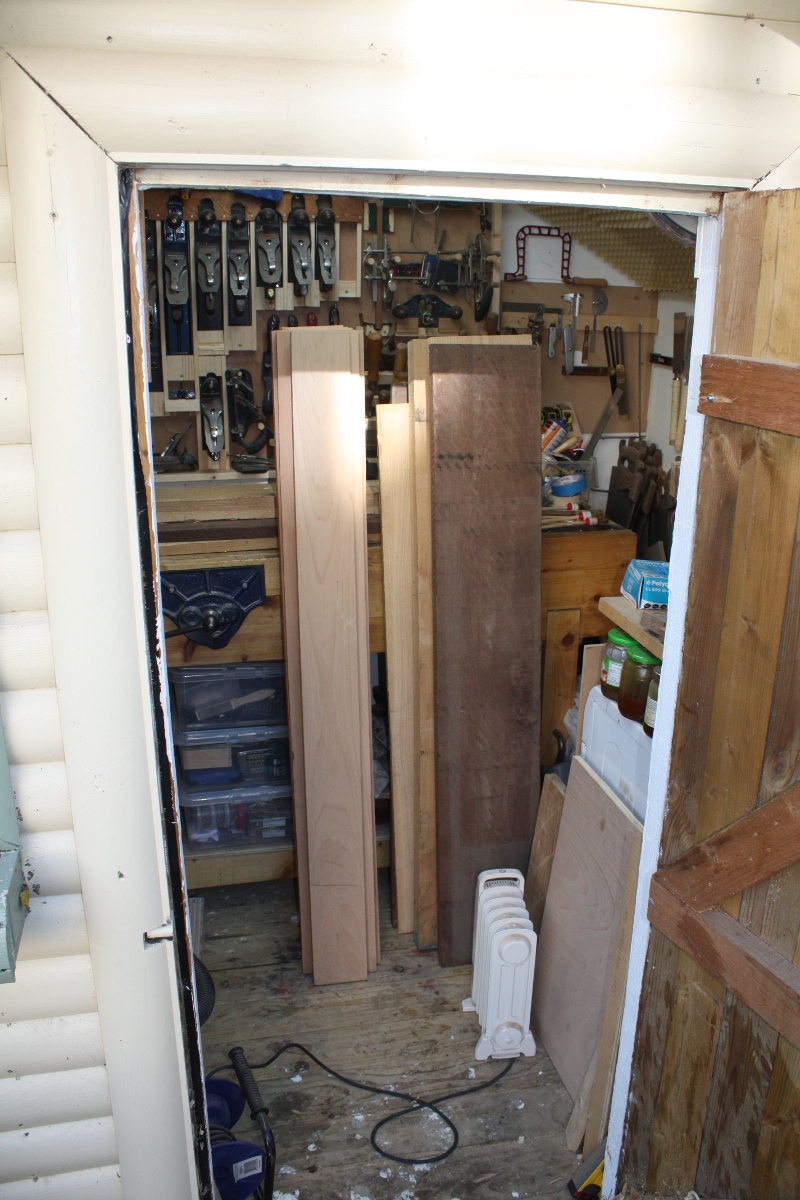
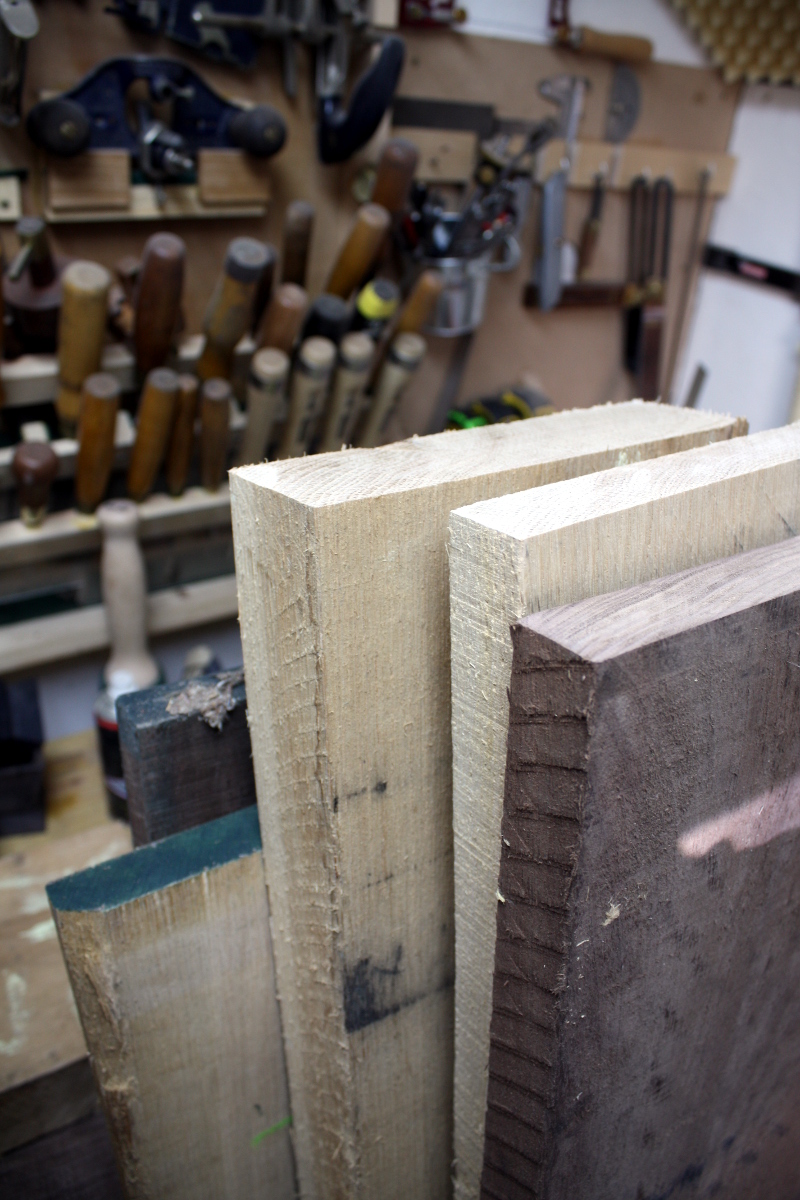
Nice piece of 8/4 oak there.
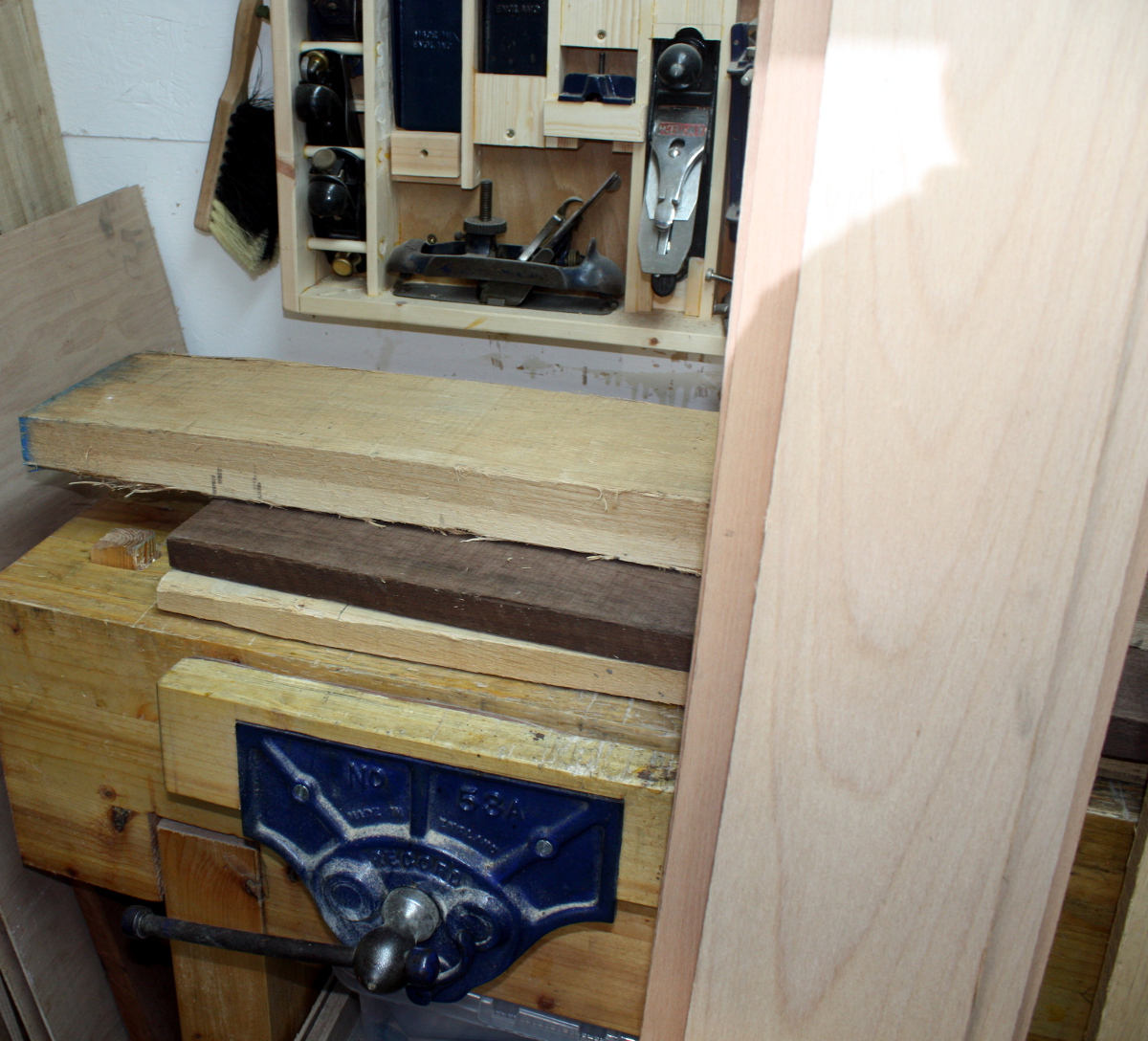
And there’s that lovely beech’s grain and the other half of the 8/4 oak board. But all of that has to go in here somehow:
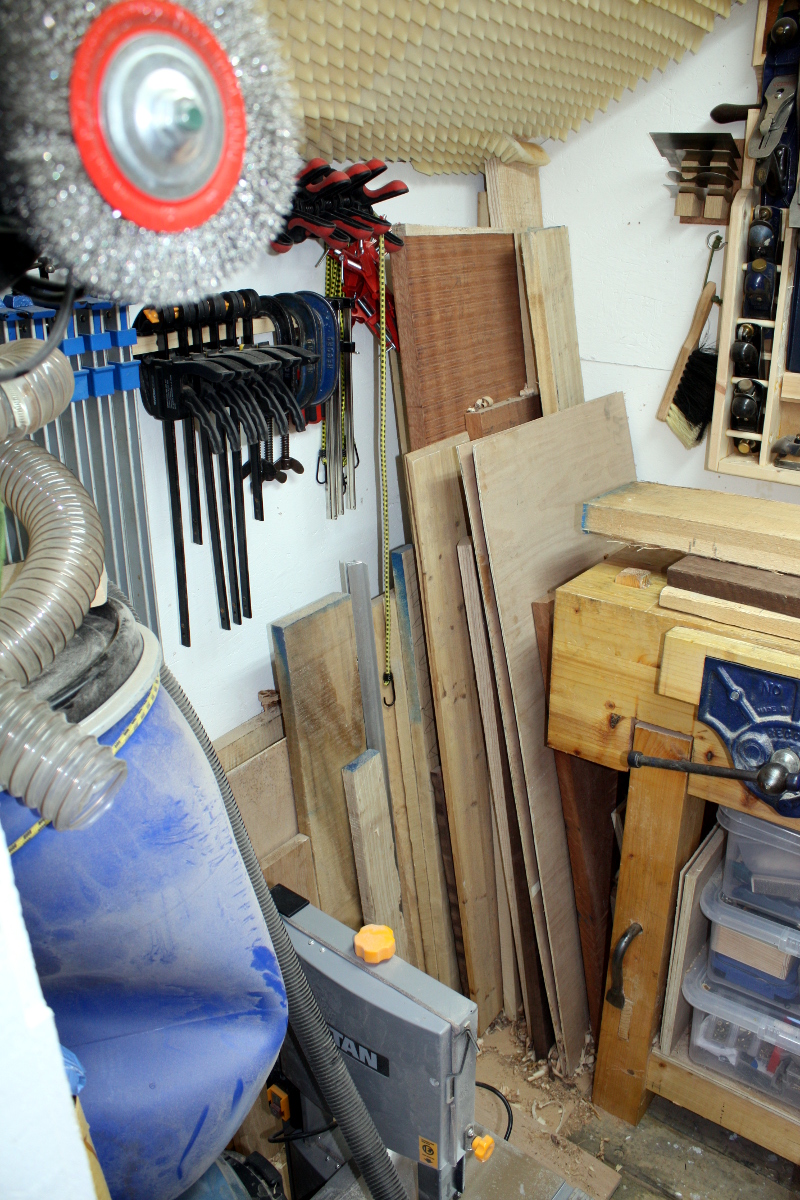
There was considerable shuffling 😀 But…
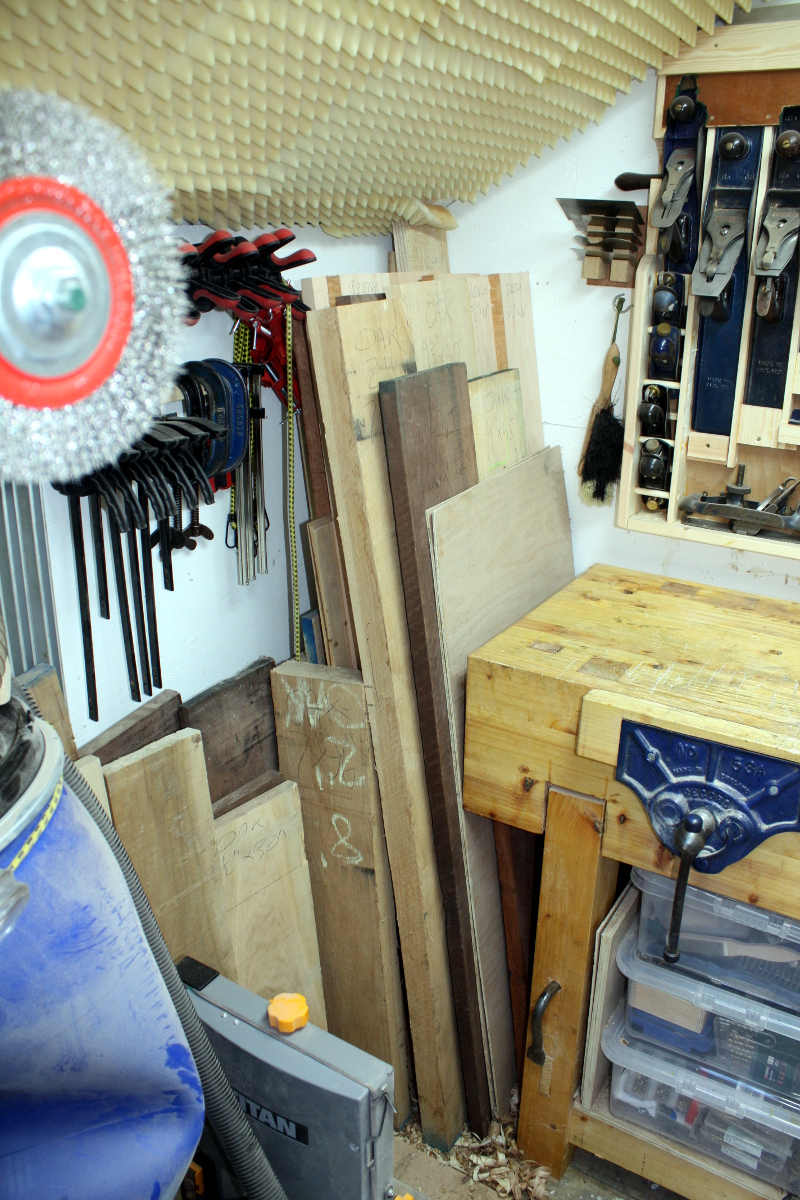
Done! 😀 Just don’t ask me to get anything out of there in less than half an hour…
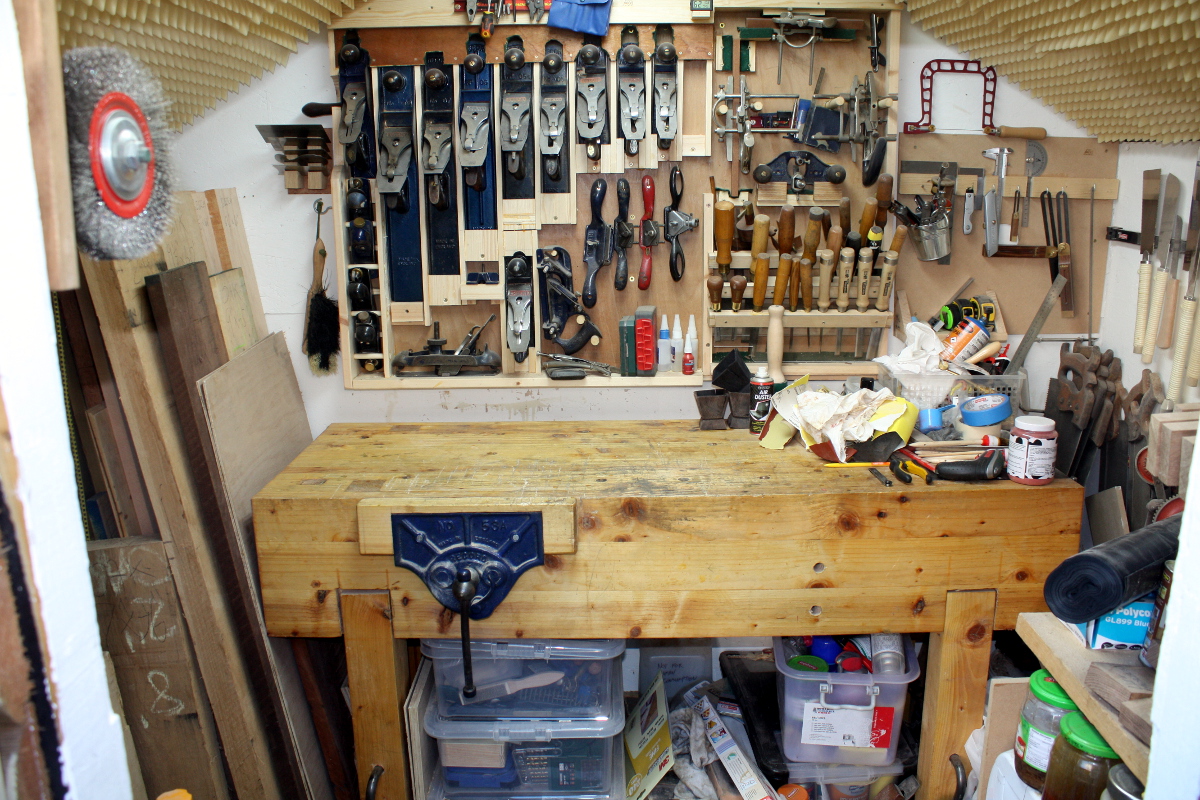
And cleaned down and ready for the next project (or more accurately to go back to the one I was in the middle of when I stopped to do the boxes).
Speaking of the boxes…
The oak was a disaster:
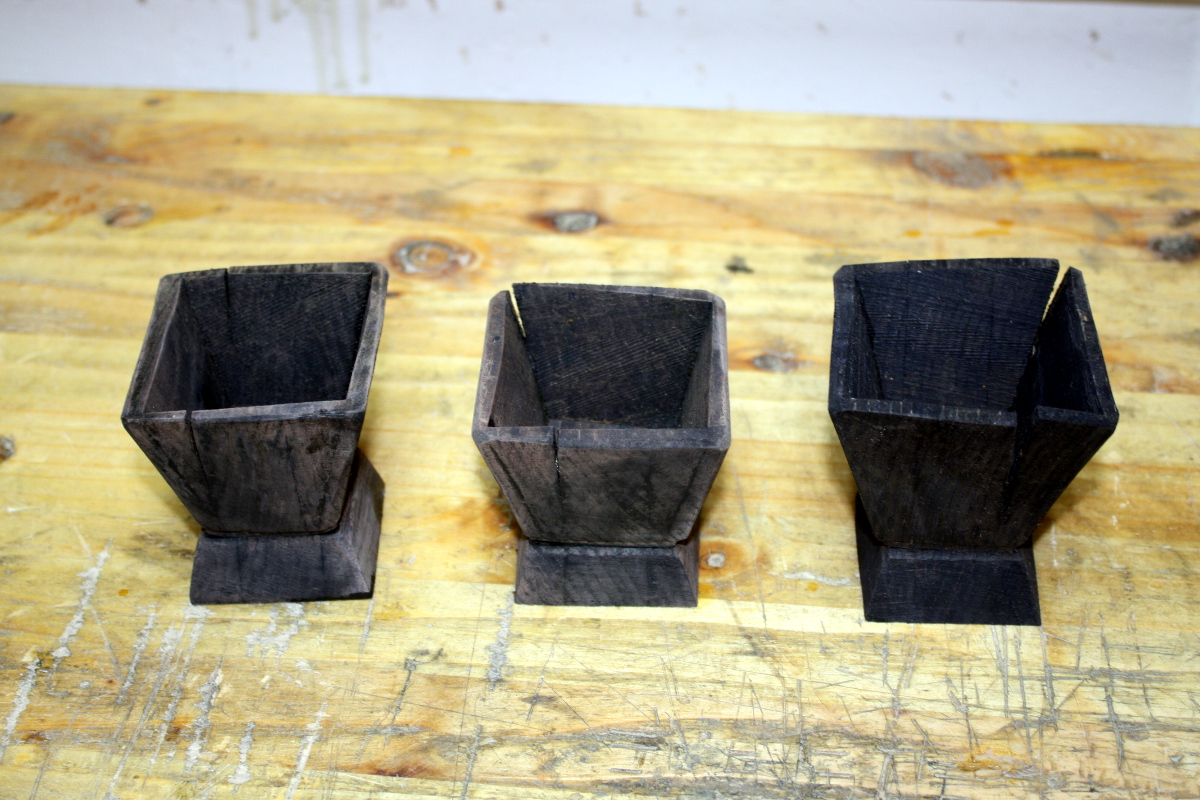
Just tore themselves apart along the glue lines after the ebonising (and the ebonising didn’t go well, I think some of the tannic acid got into the iron solution and nullified it, I’ll have to make some more). So those got ditched. But the rest were okay.
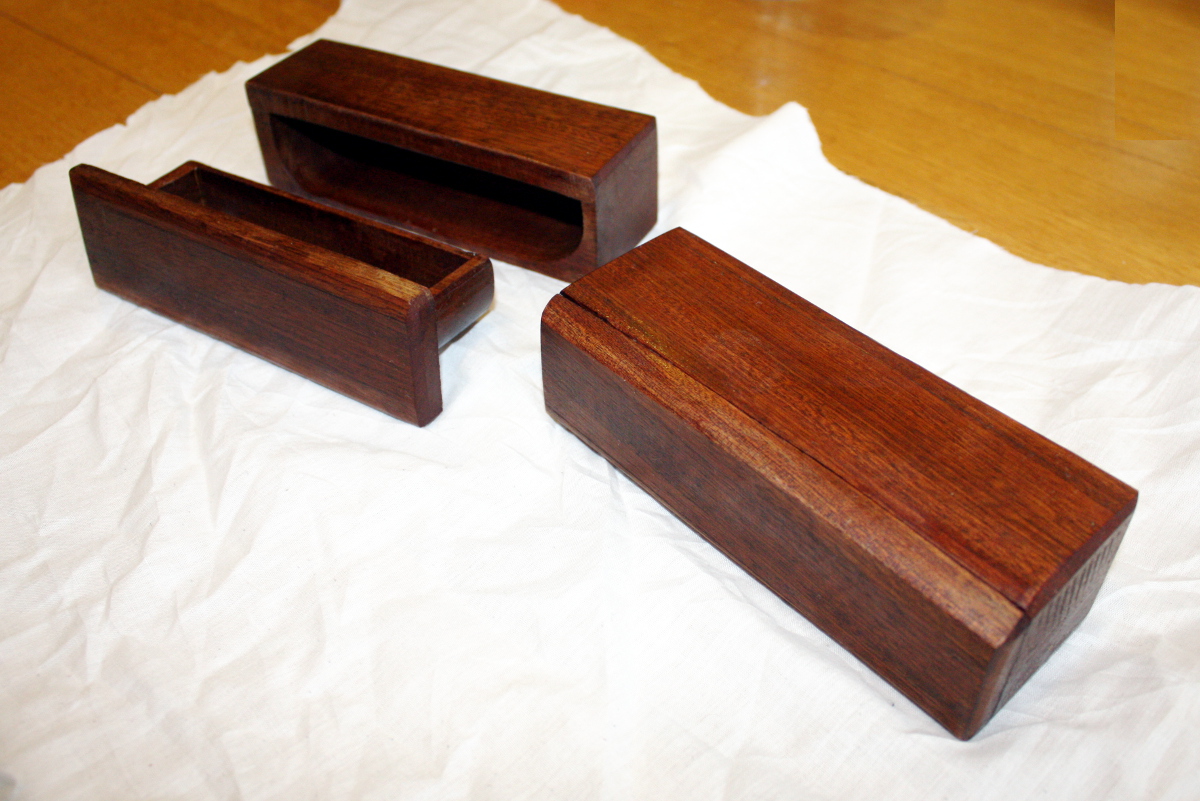
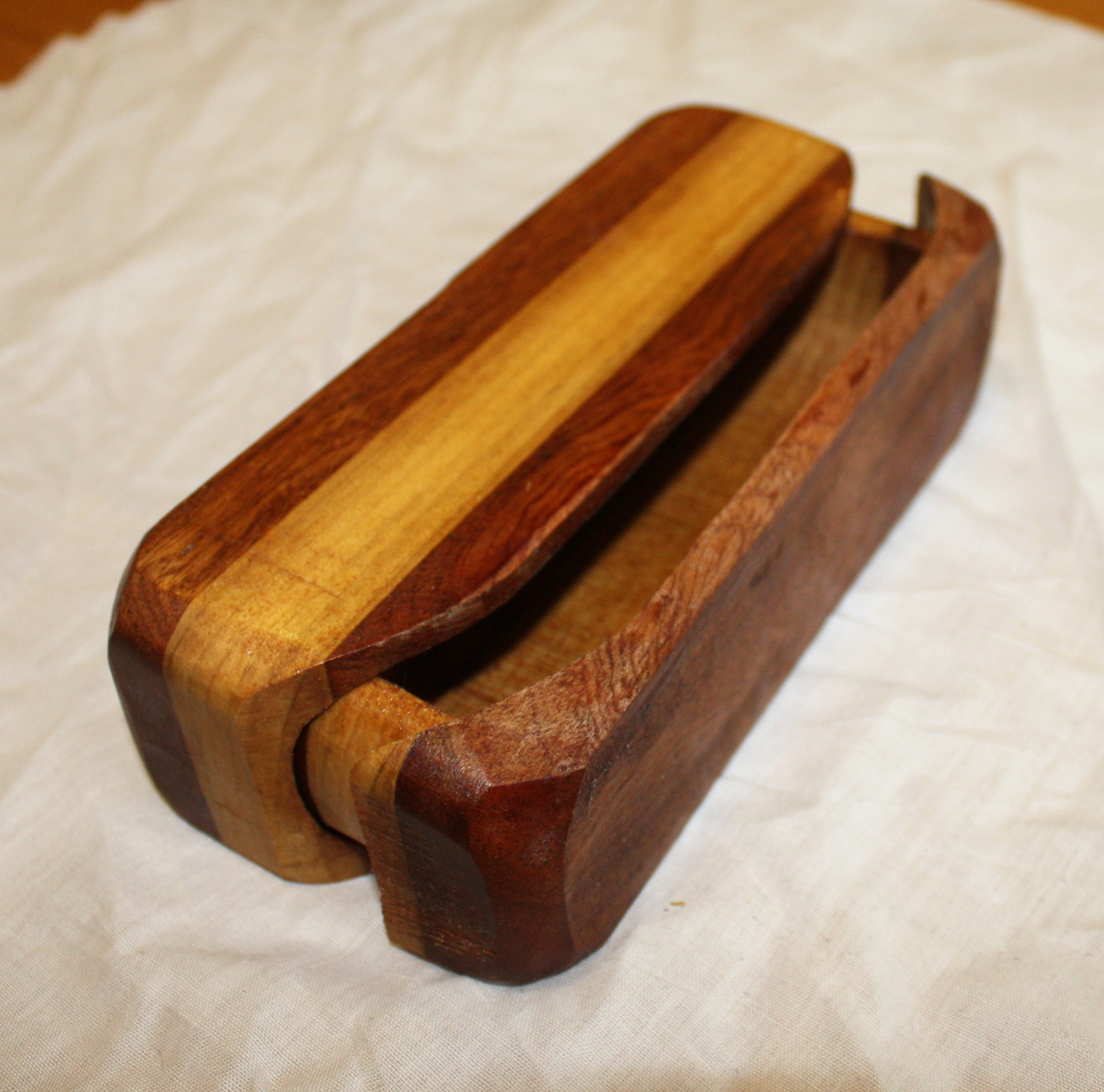
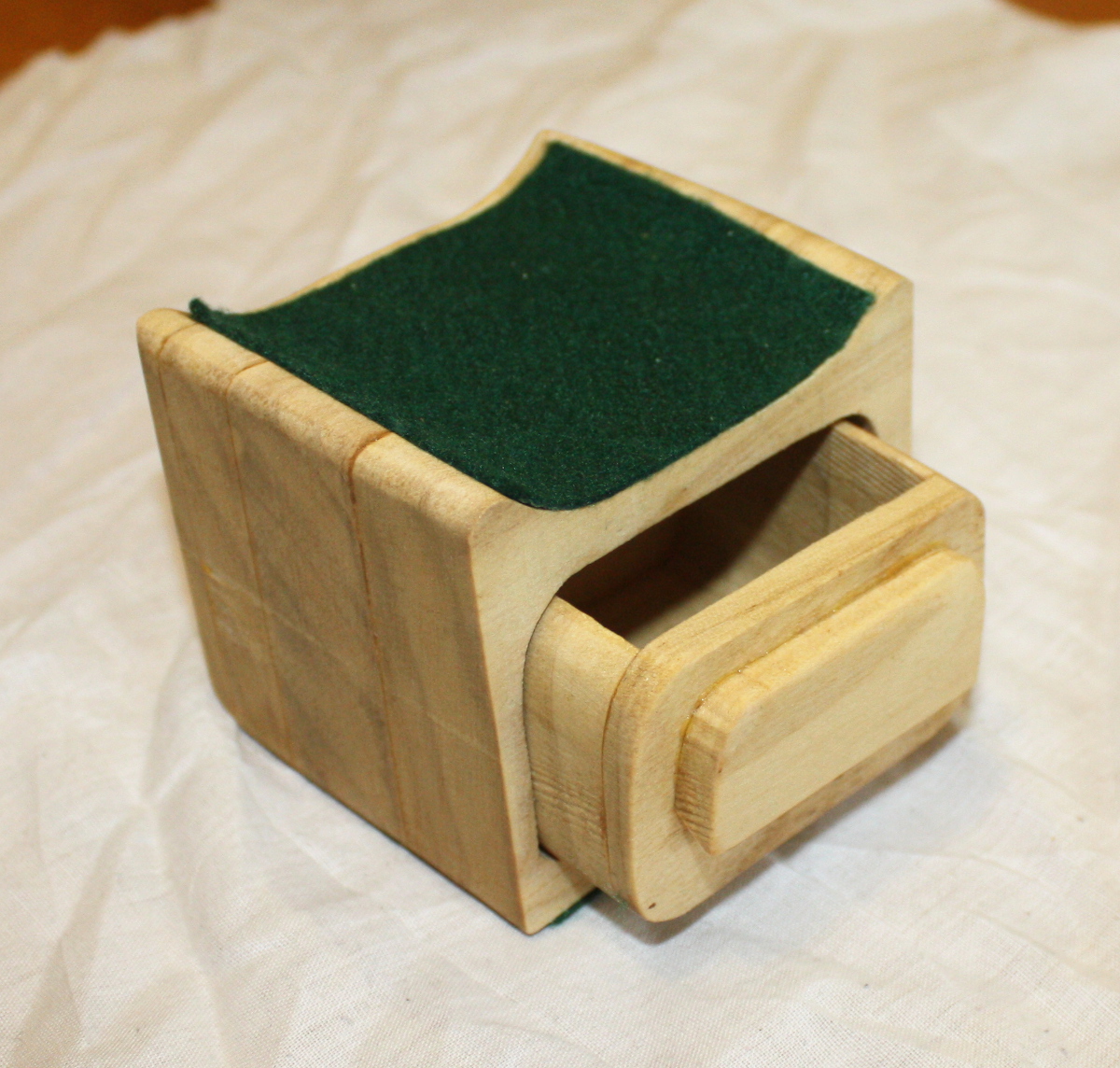
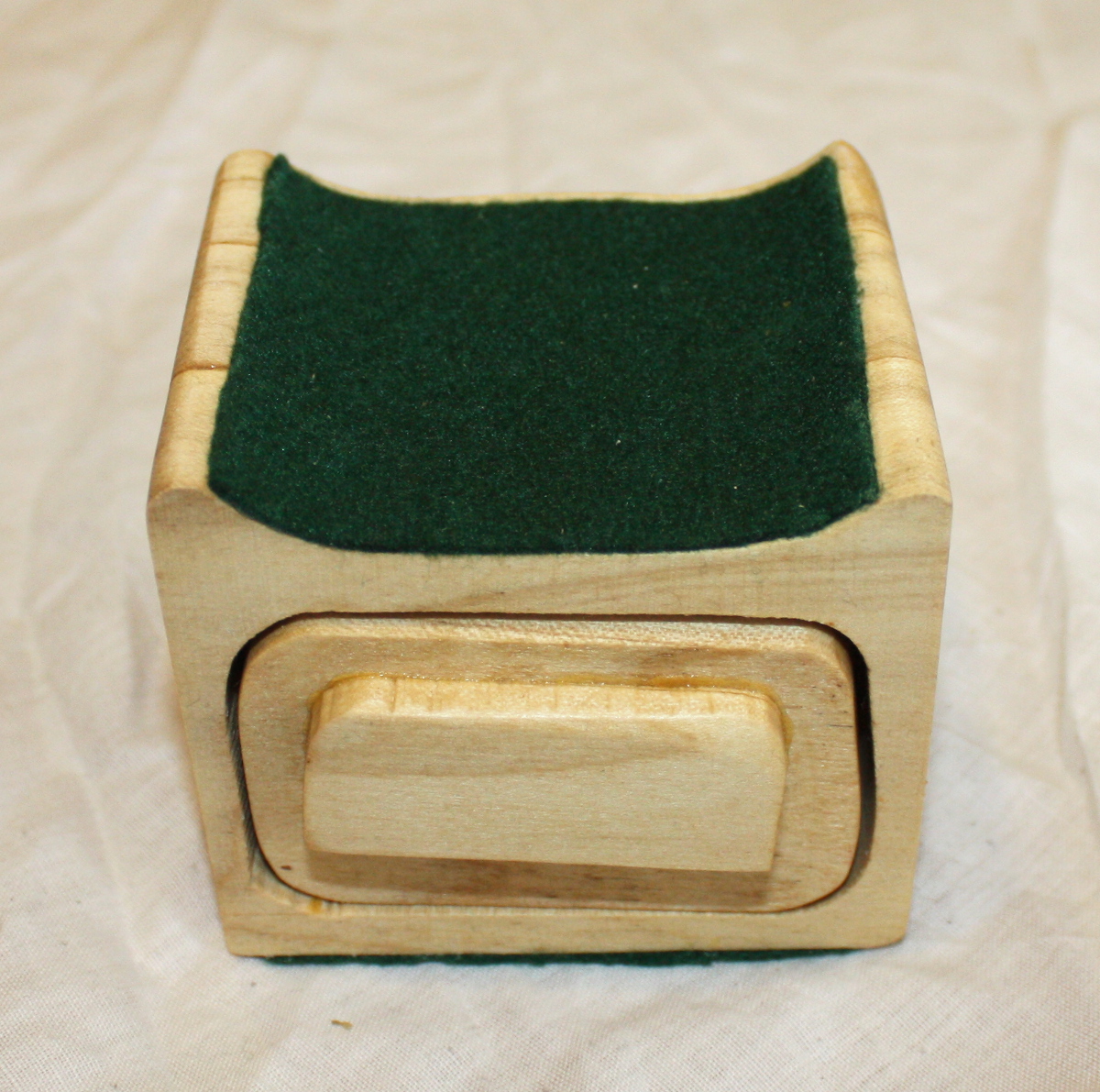
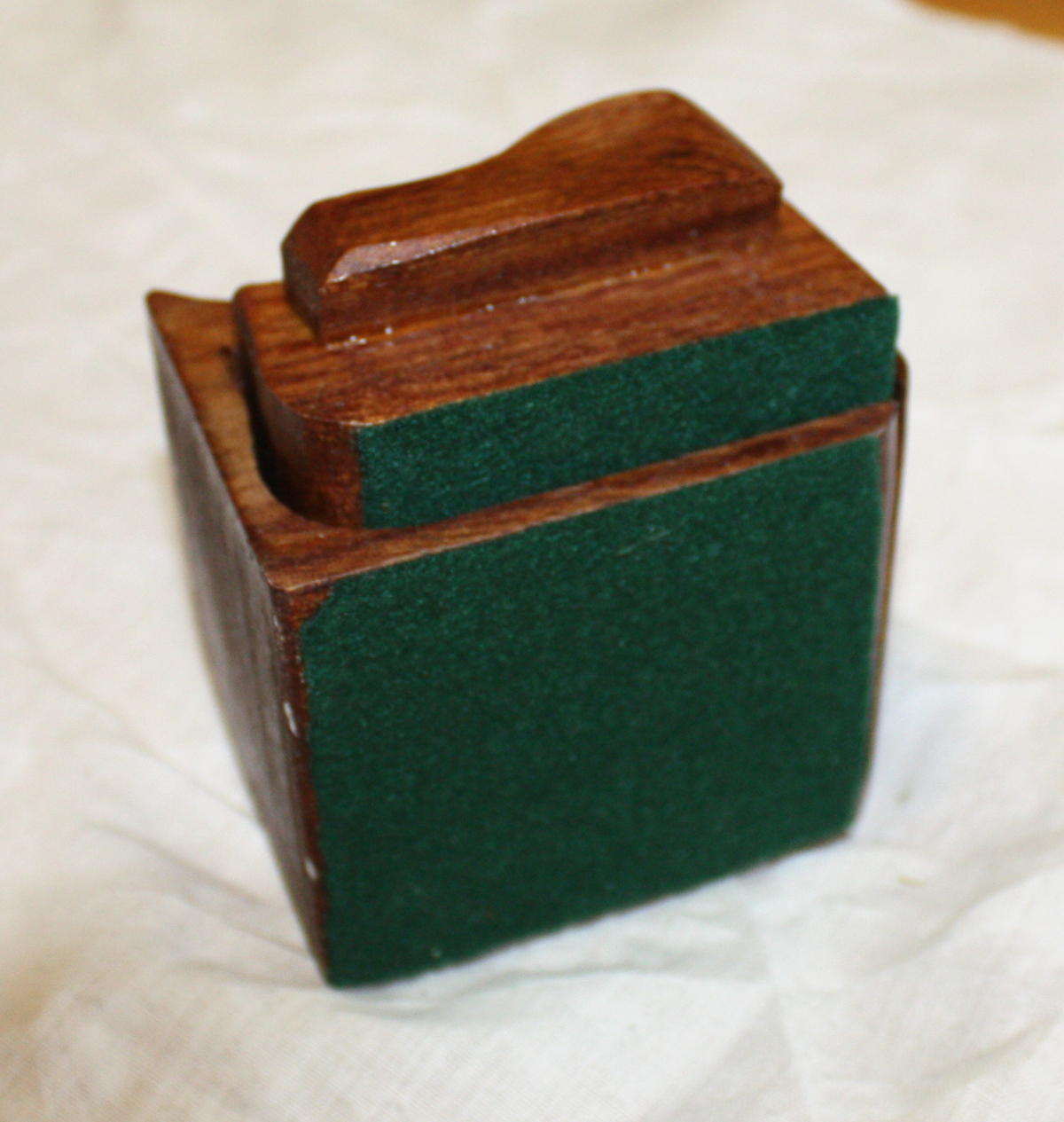
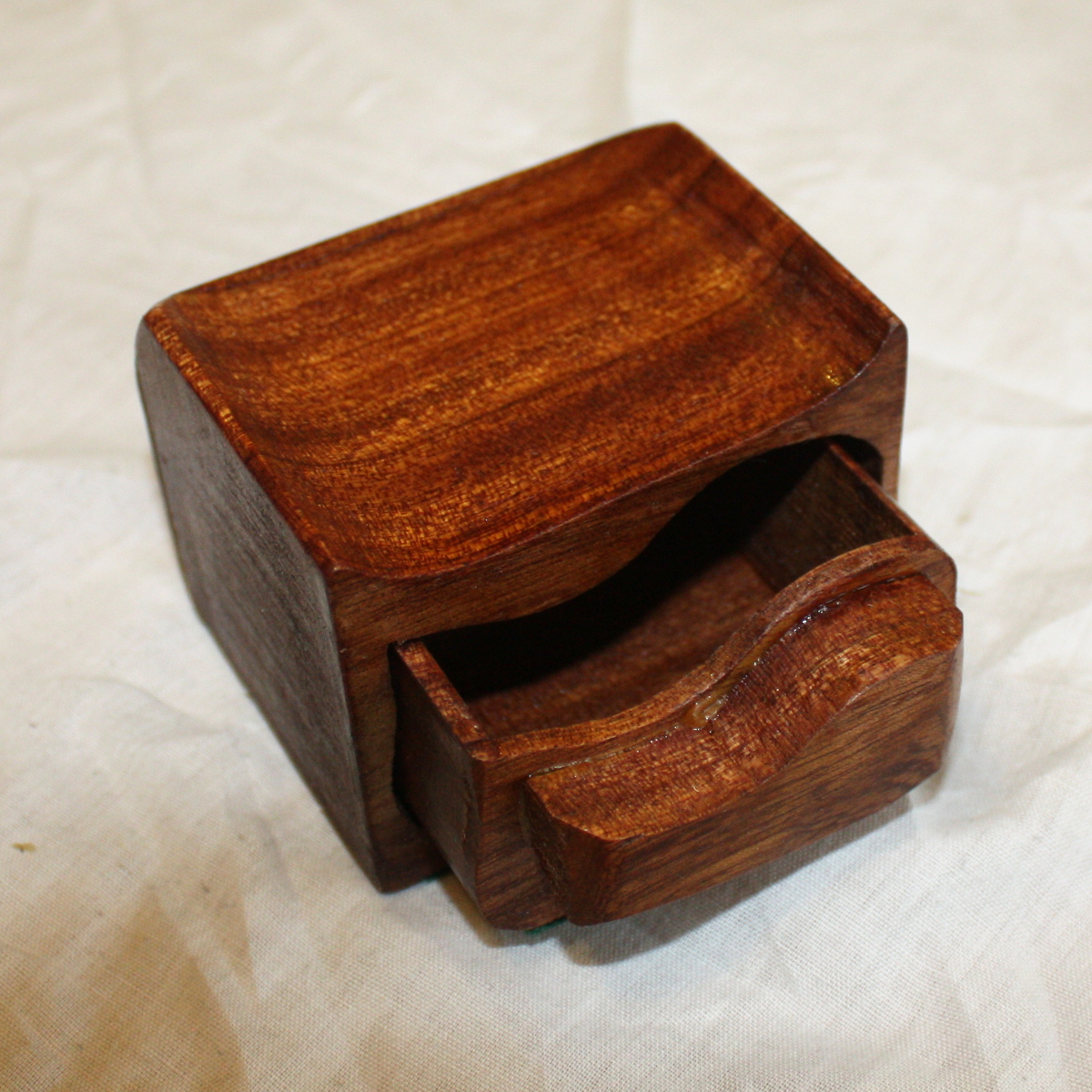
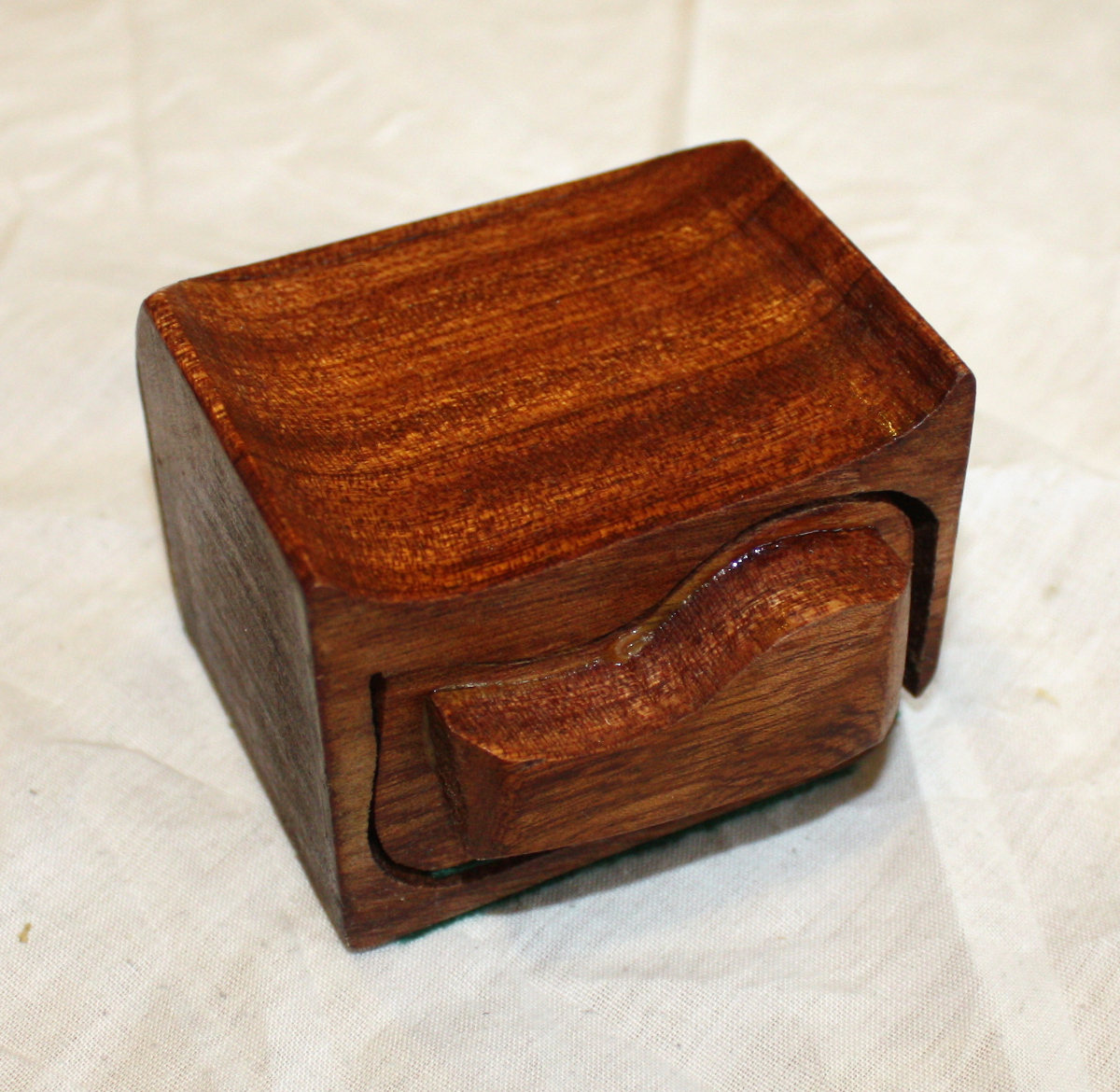
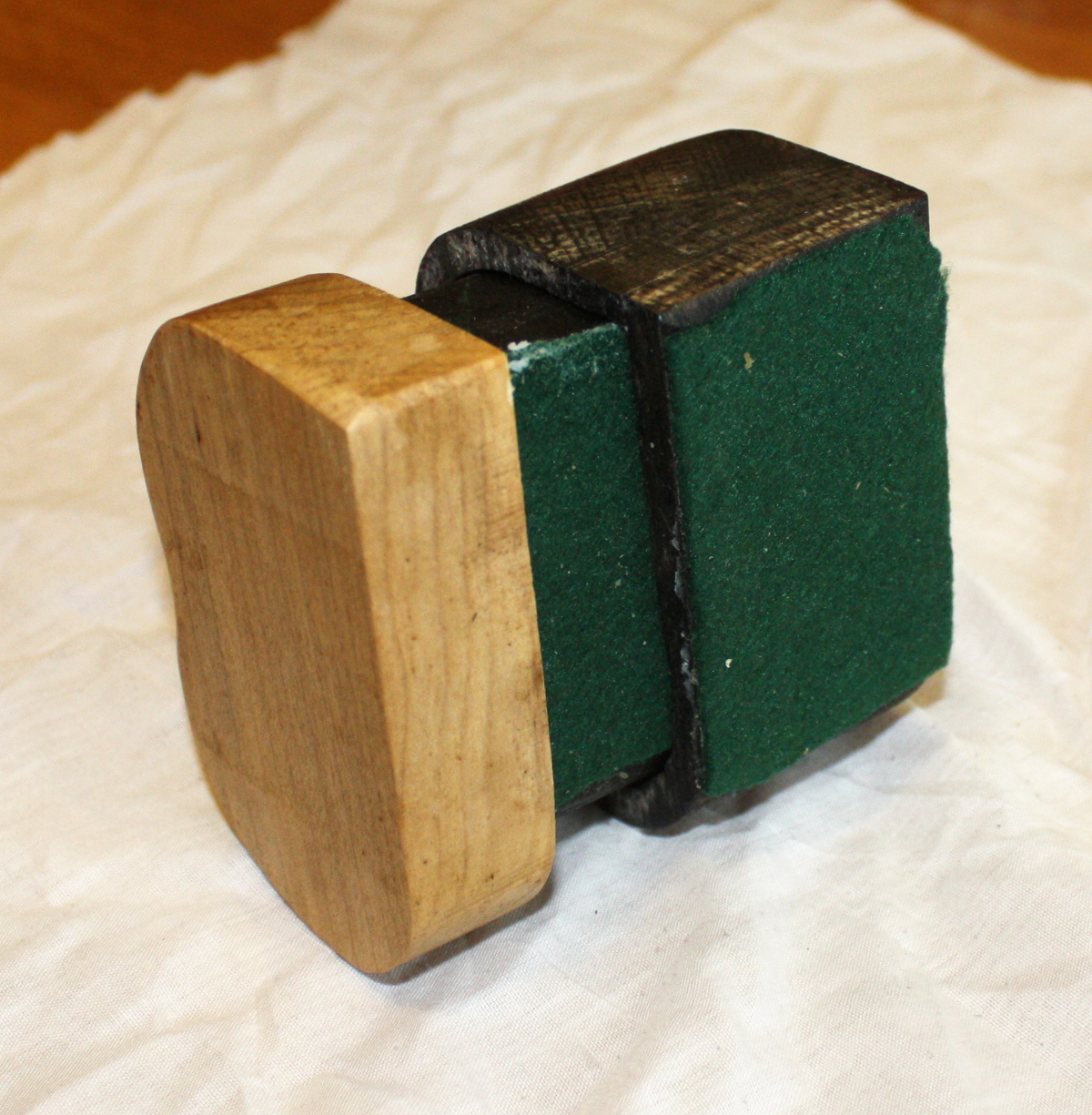
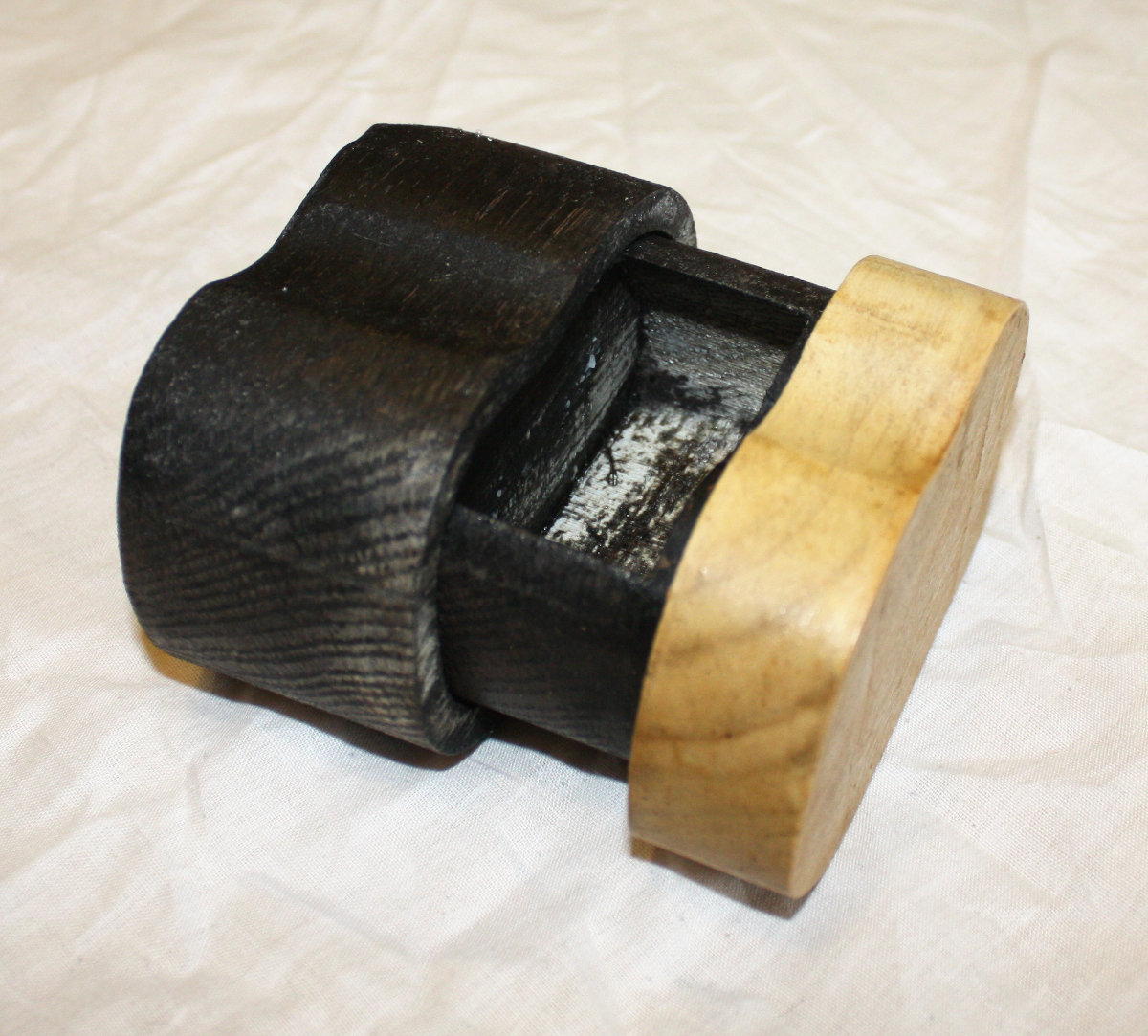
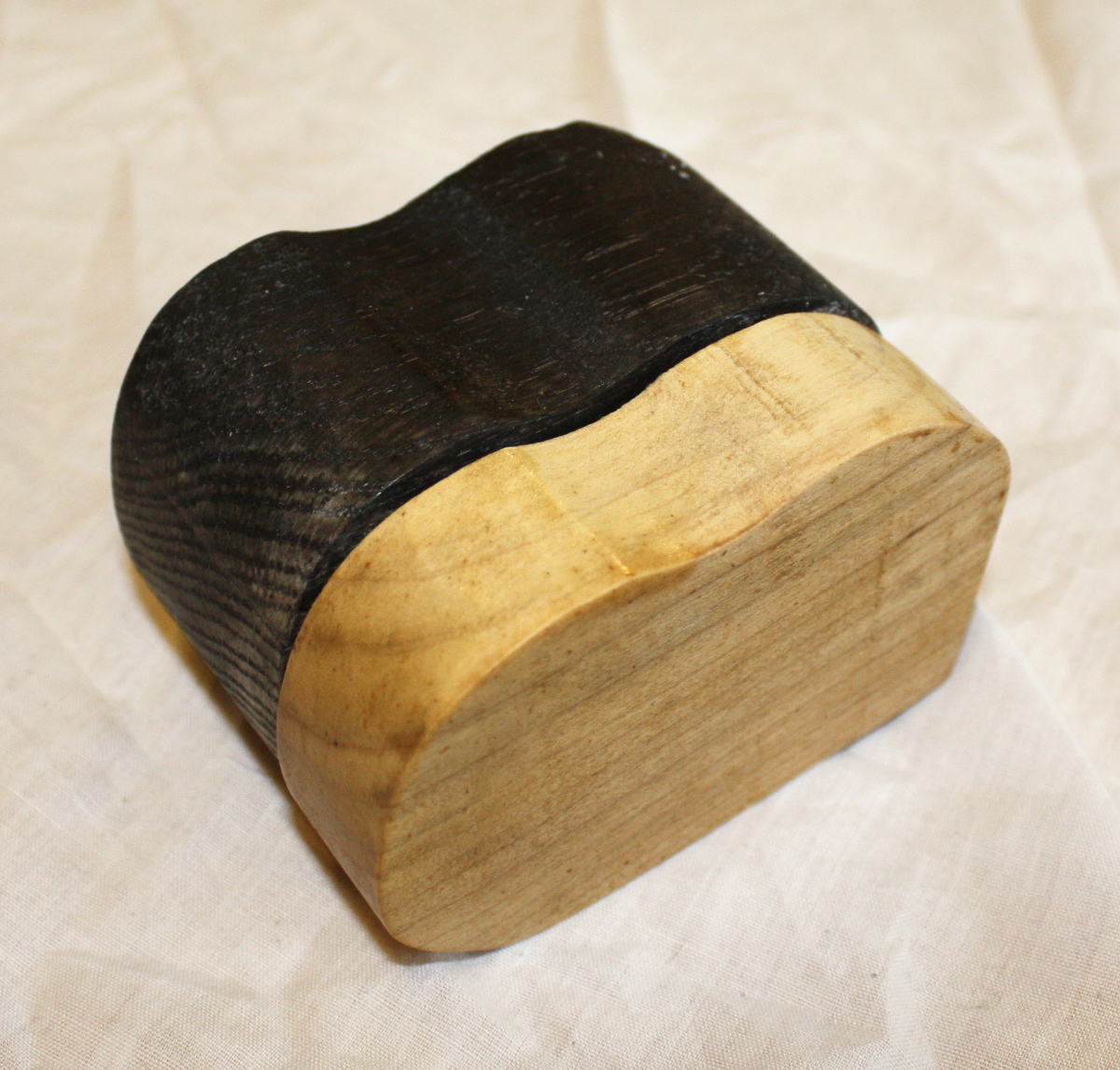
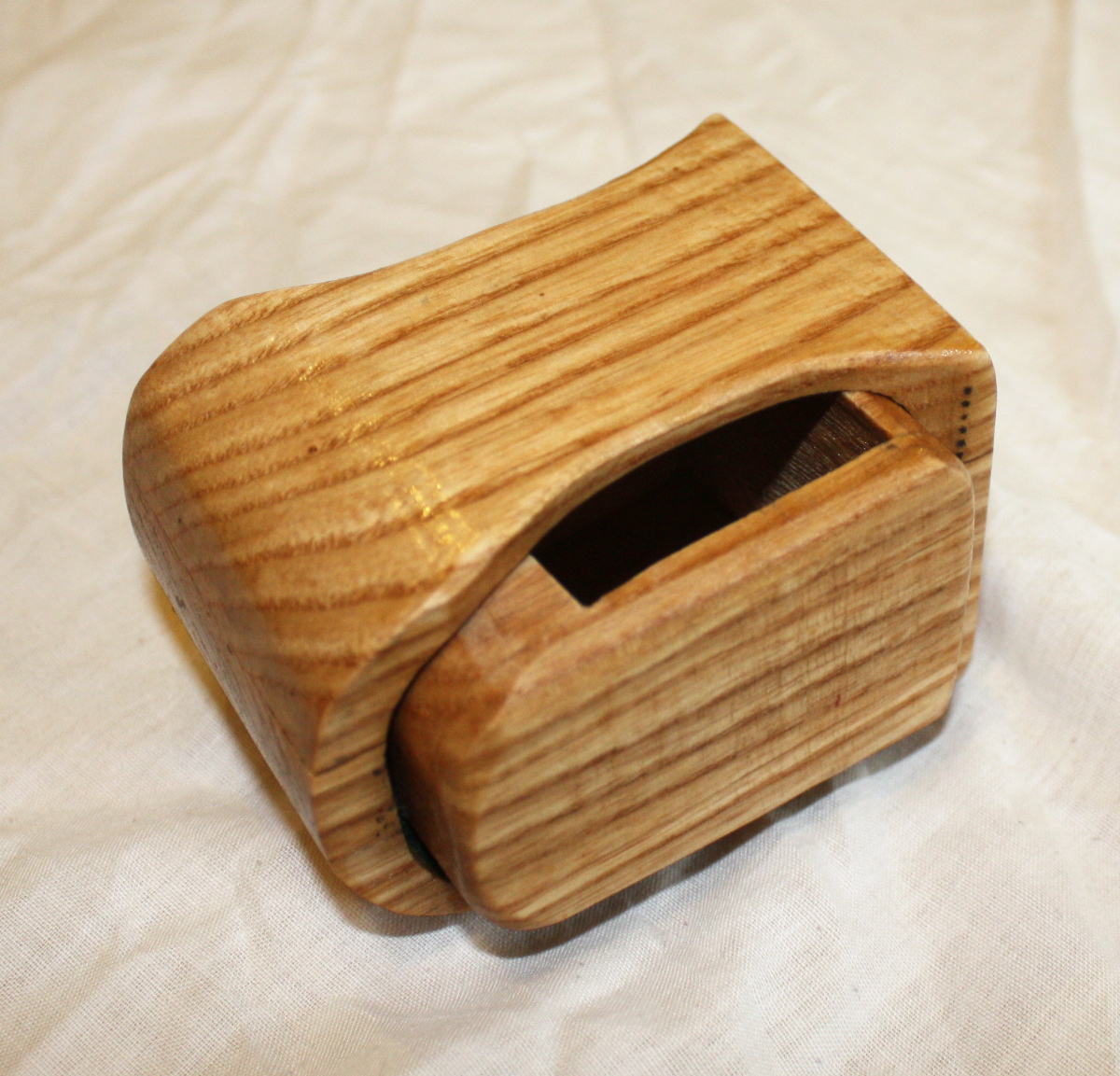
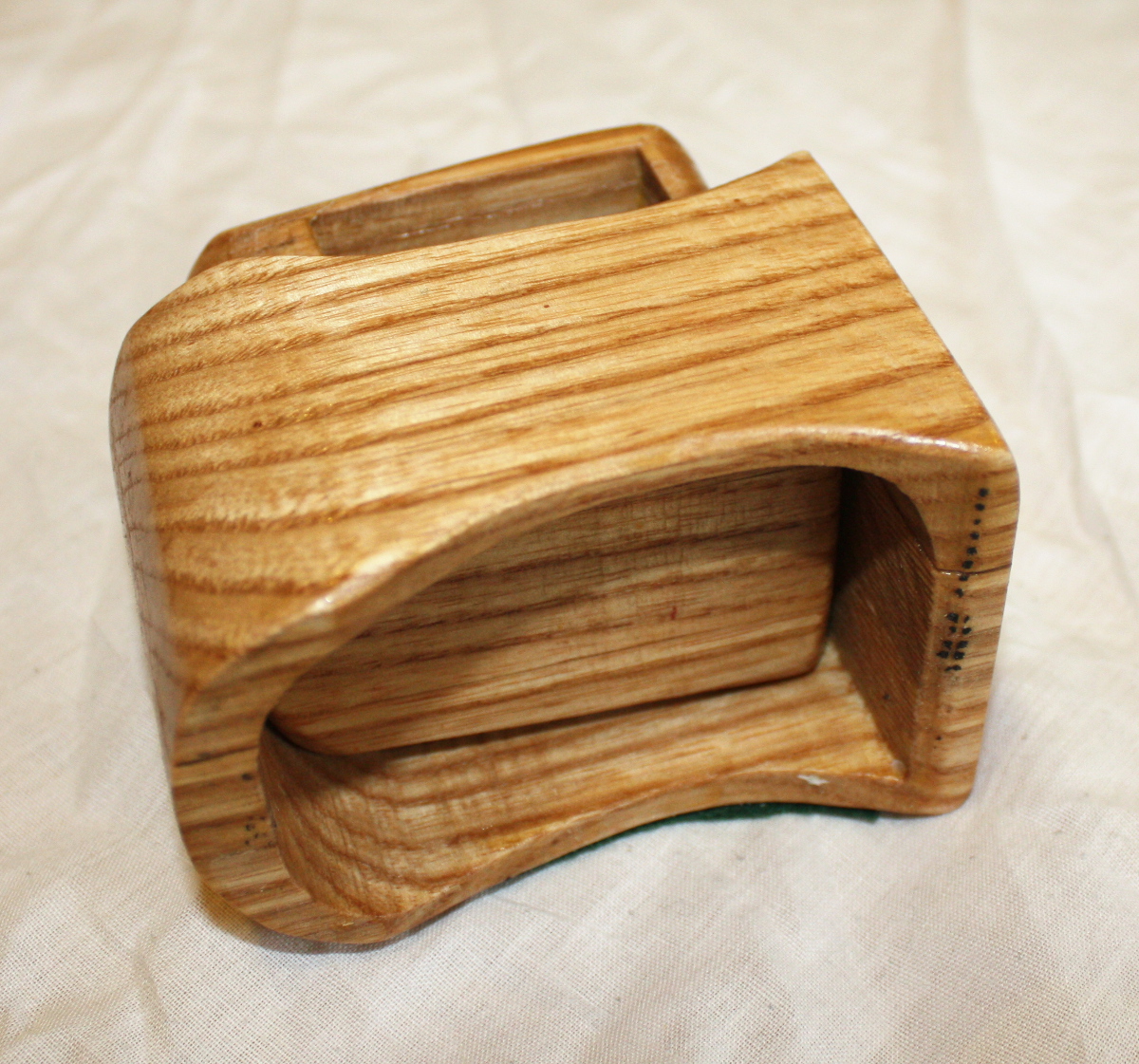
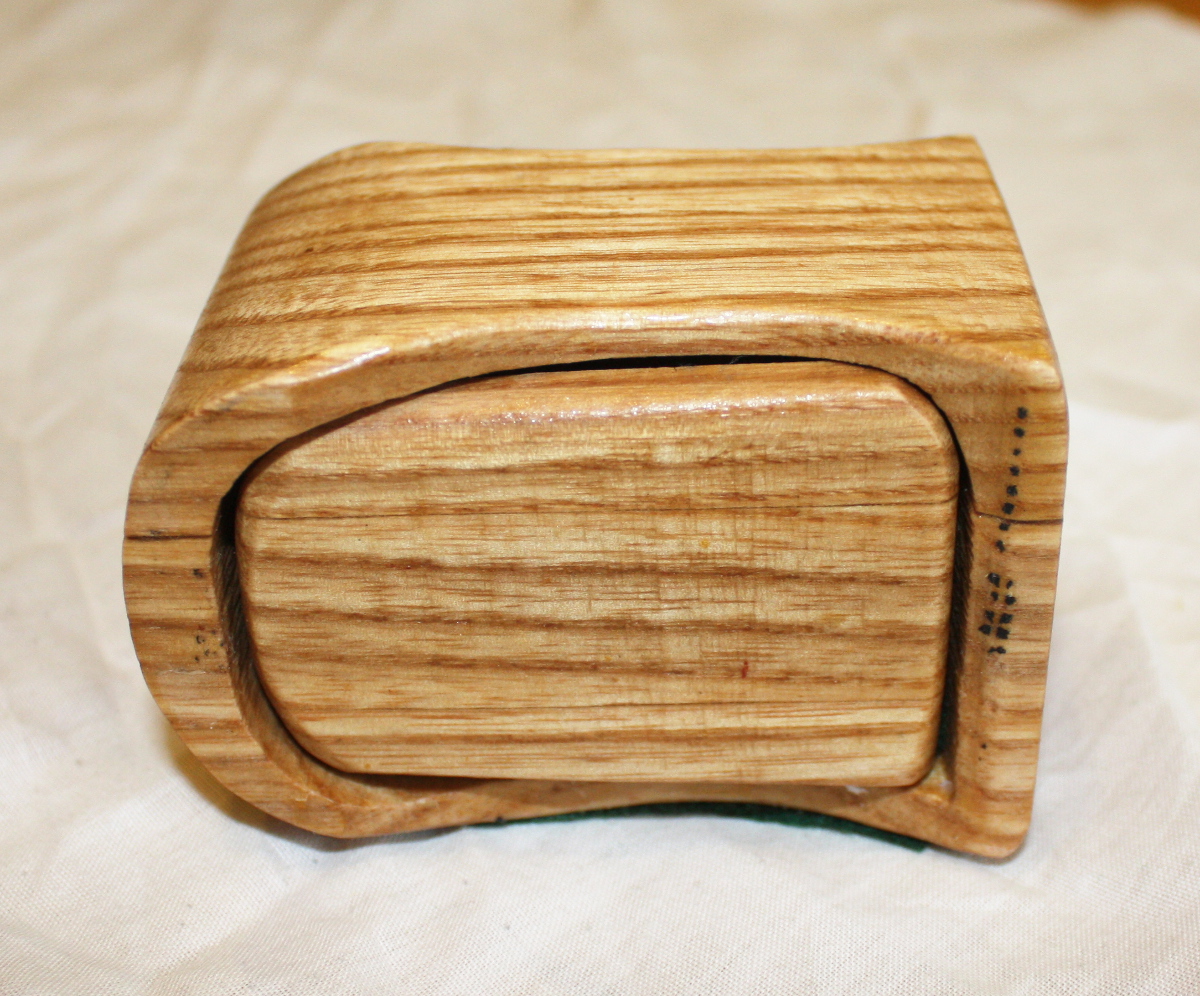
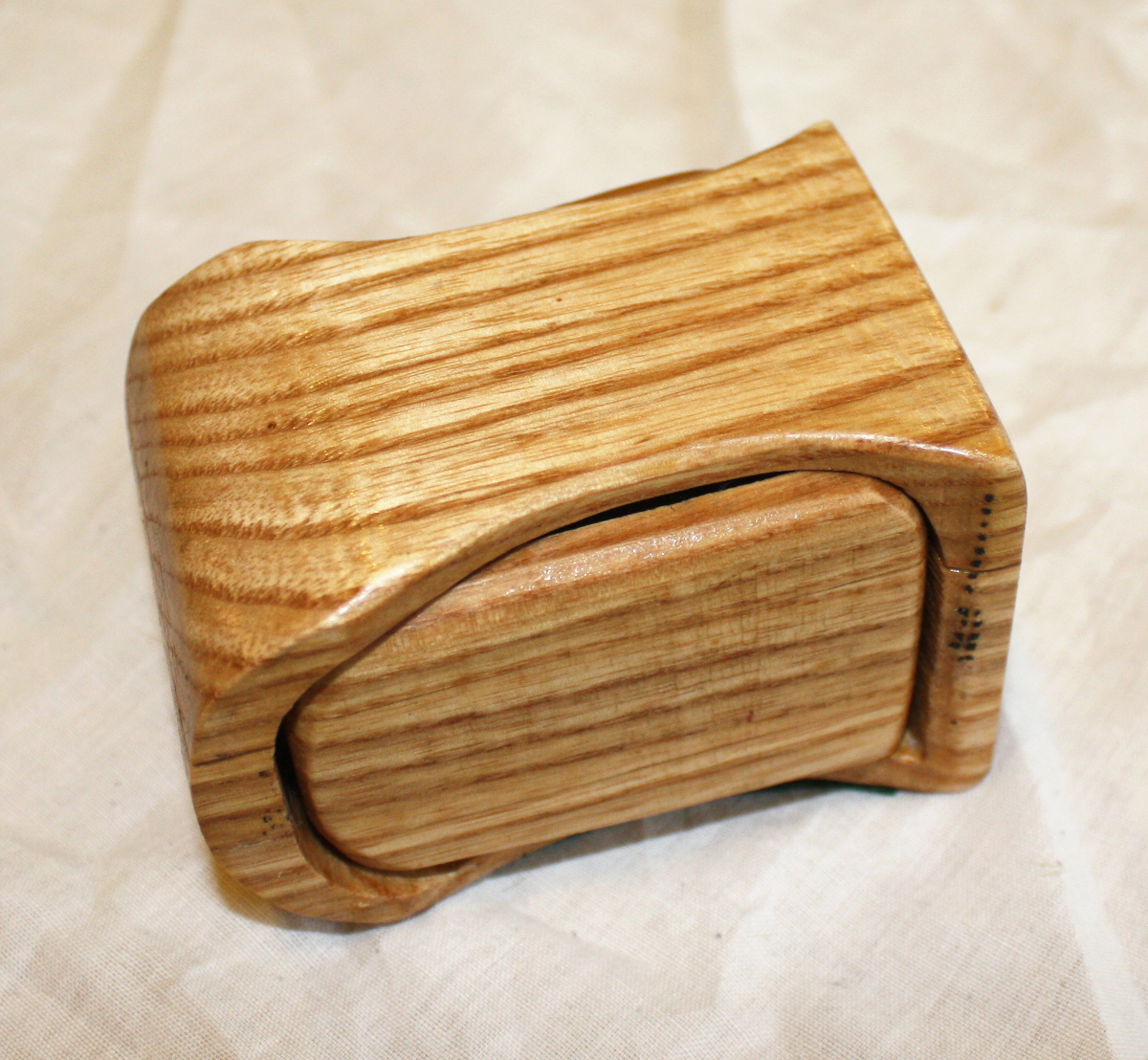
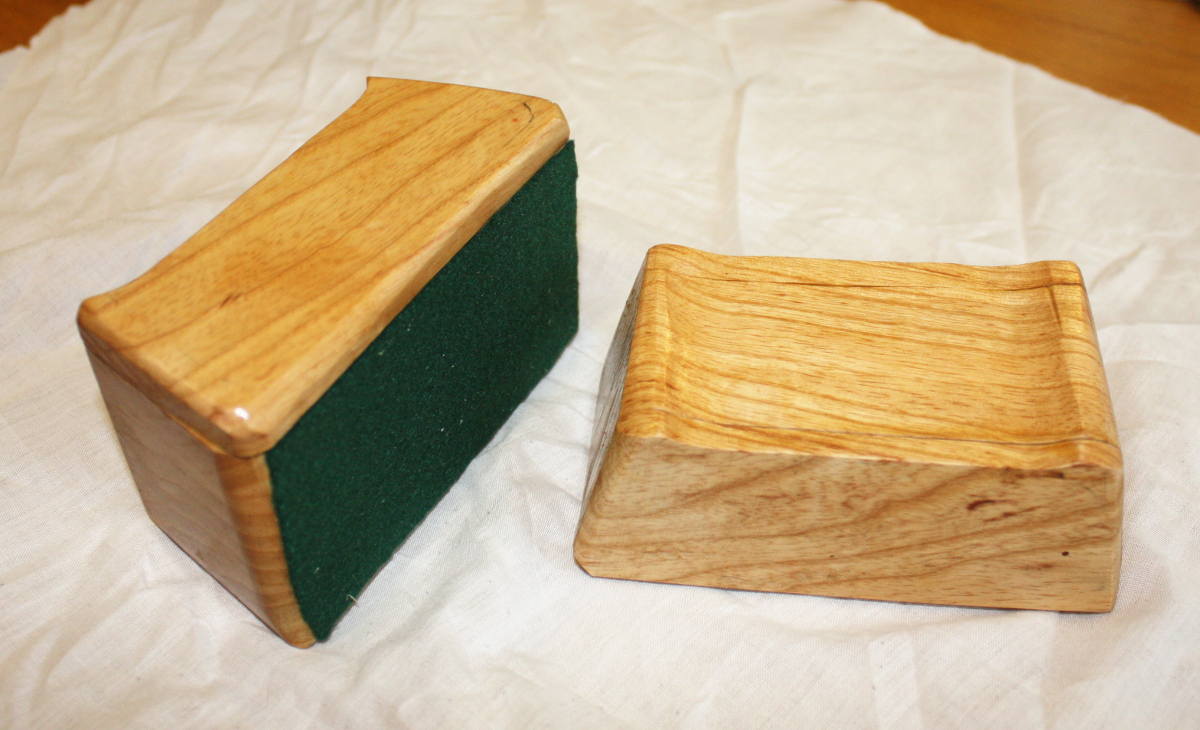
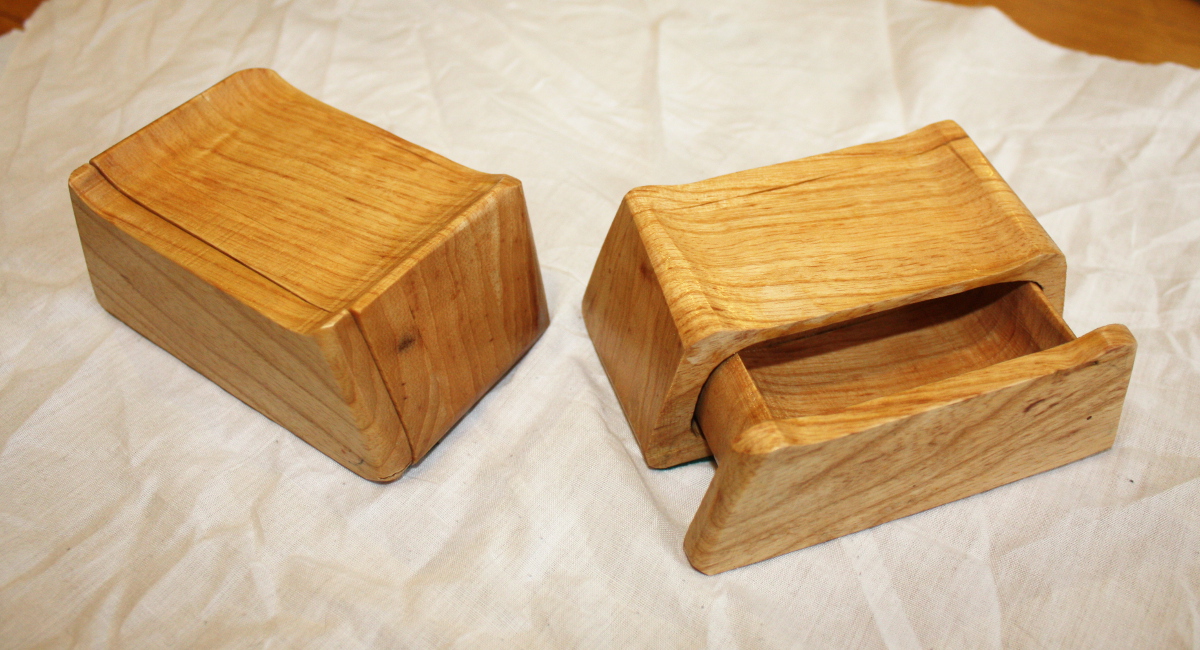
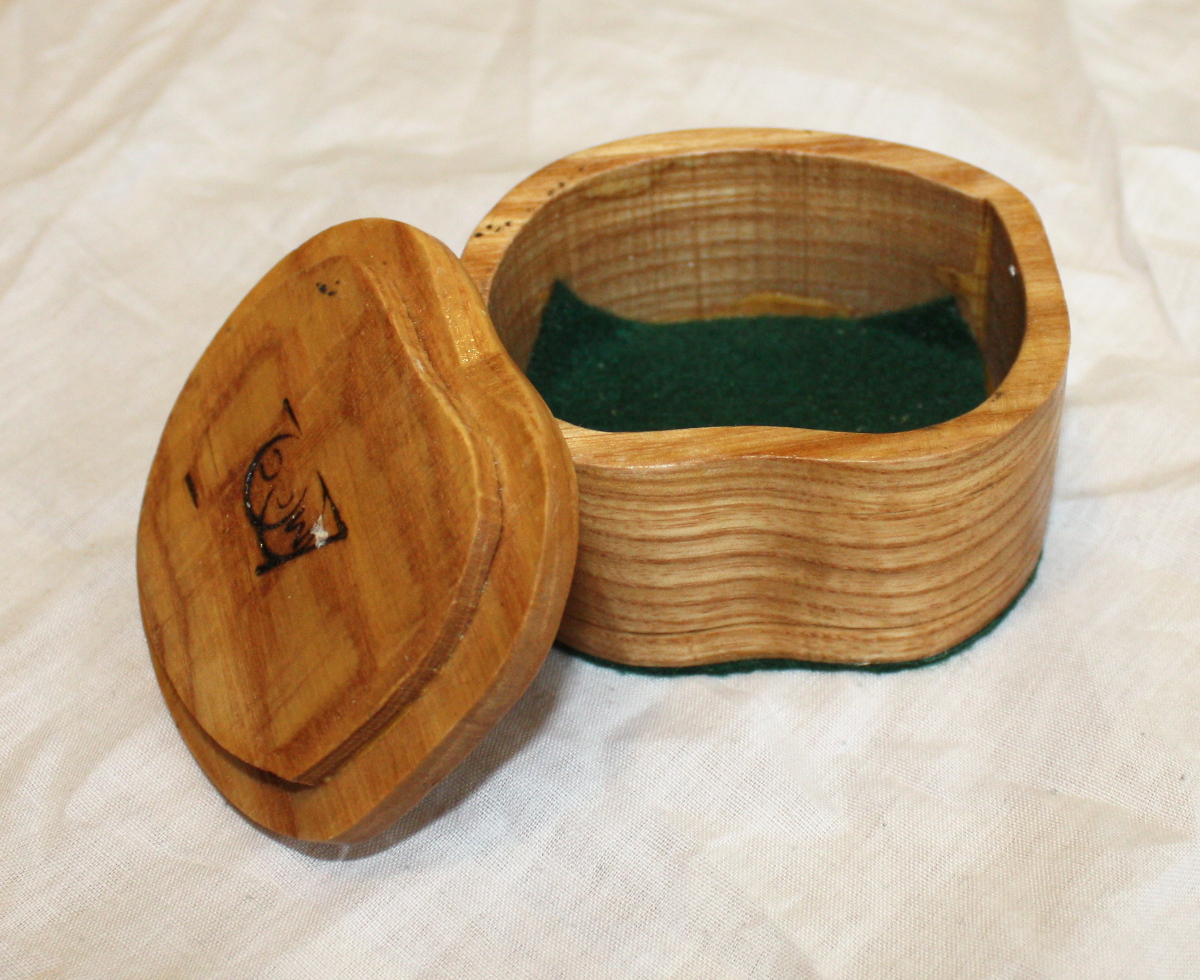
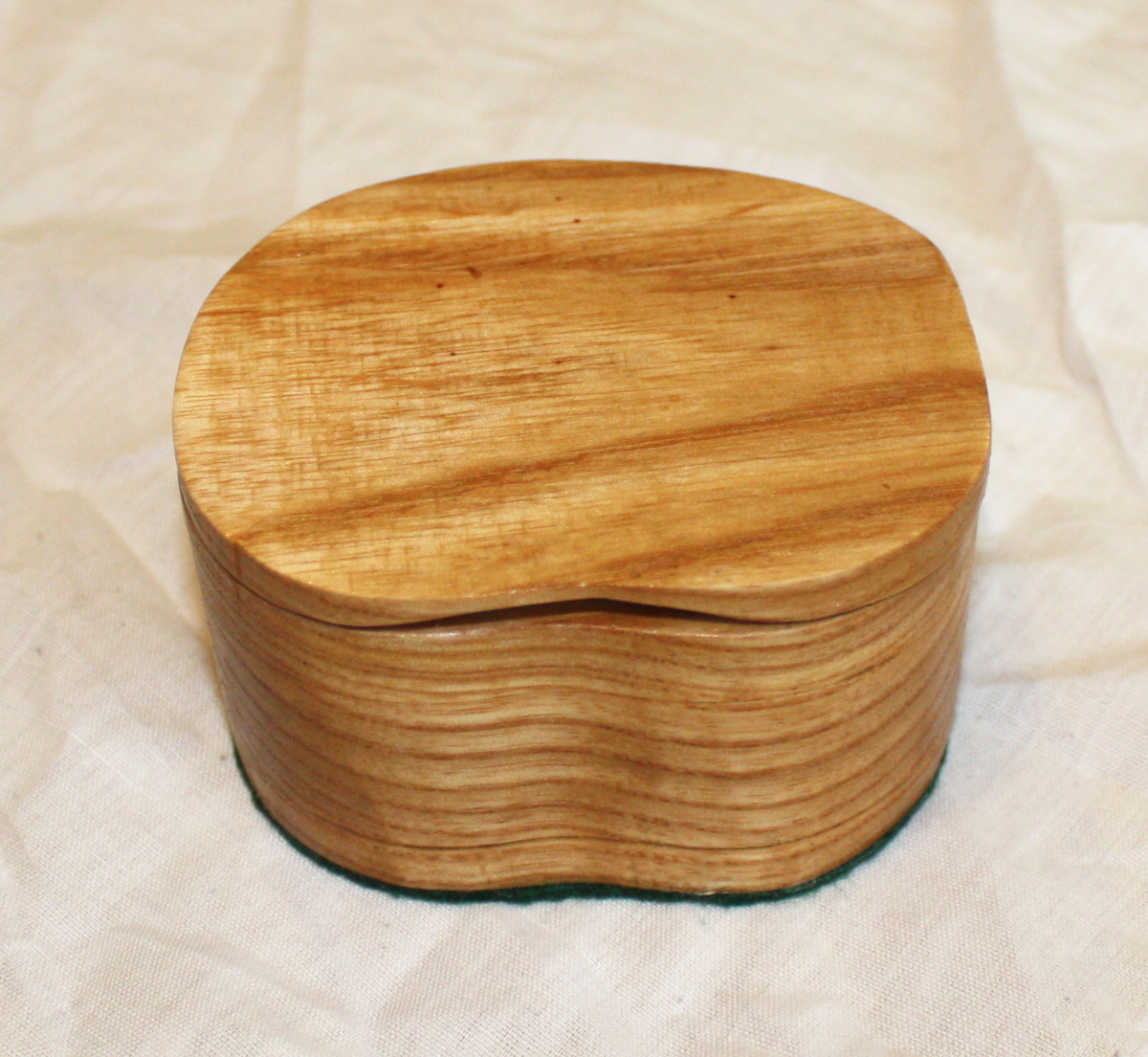
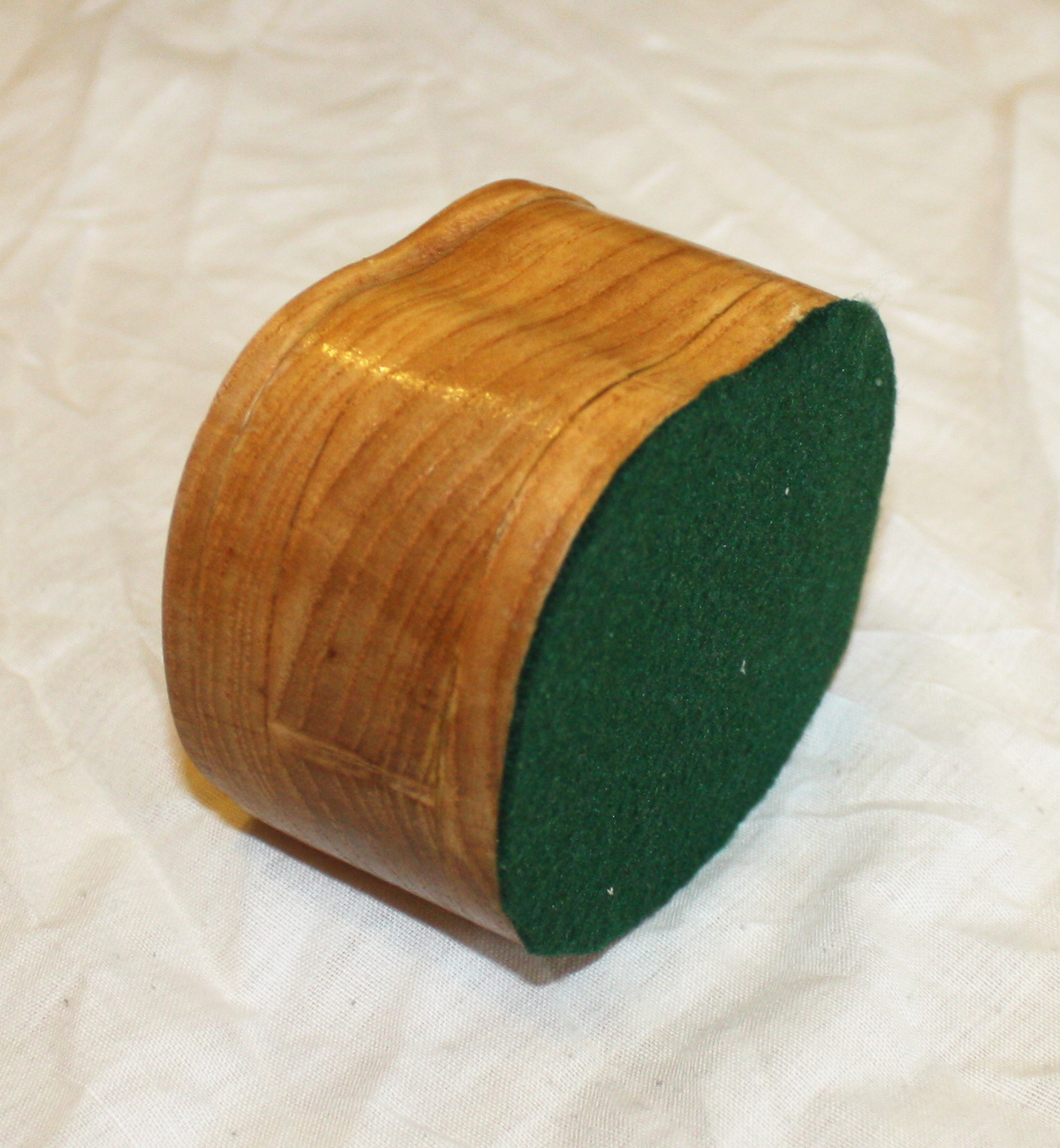
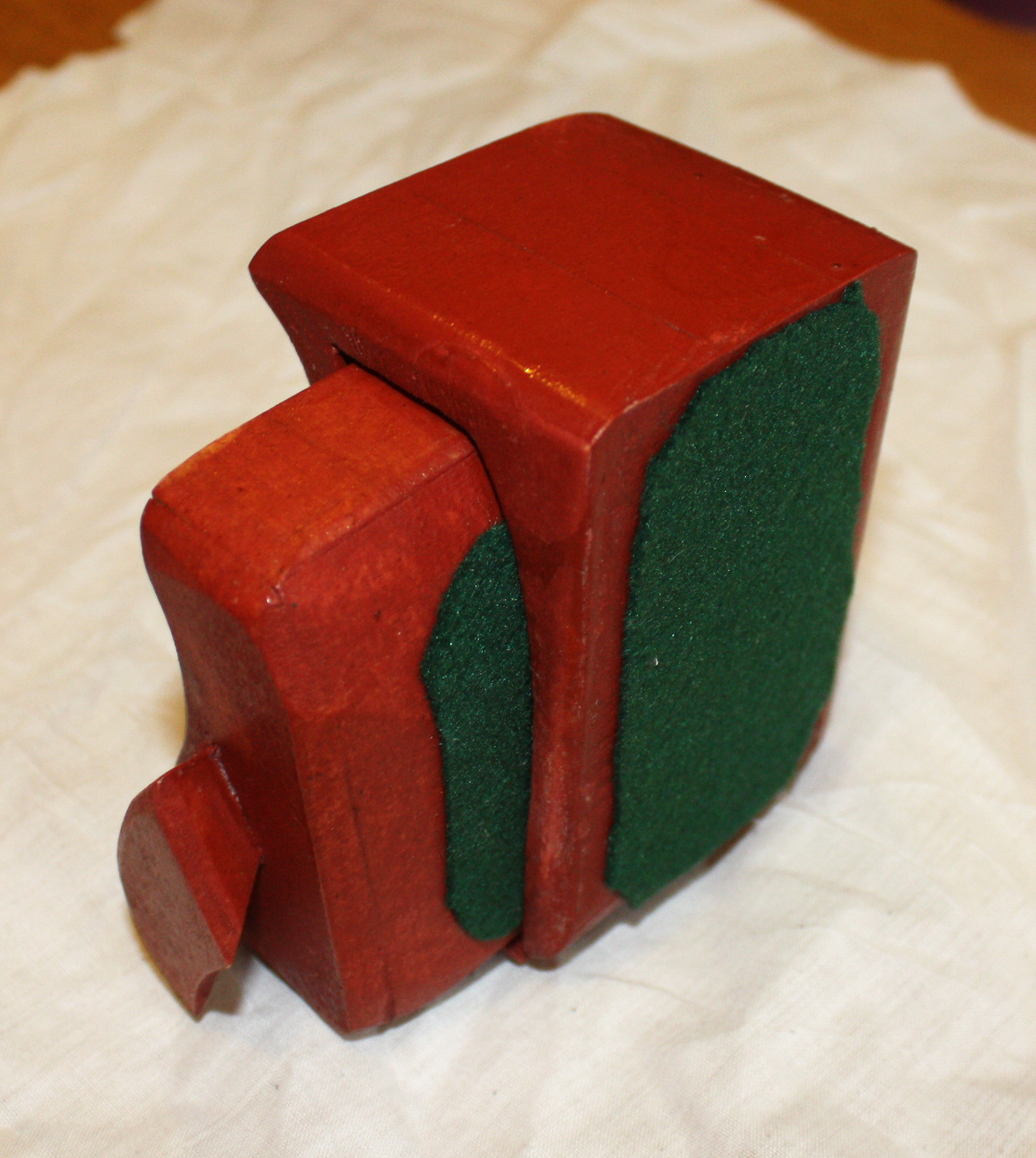
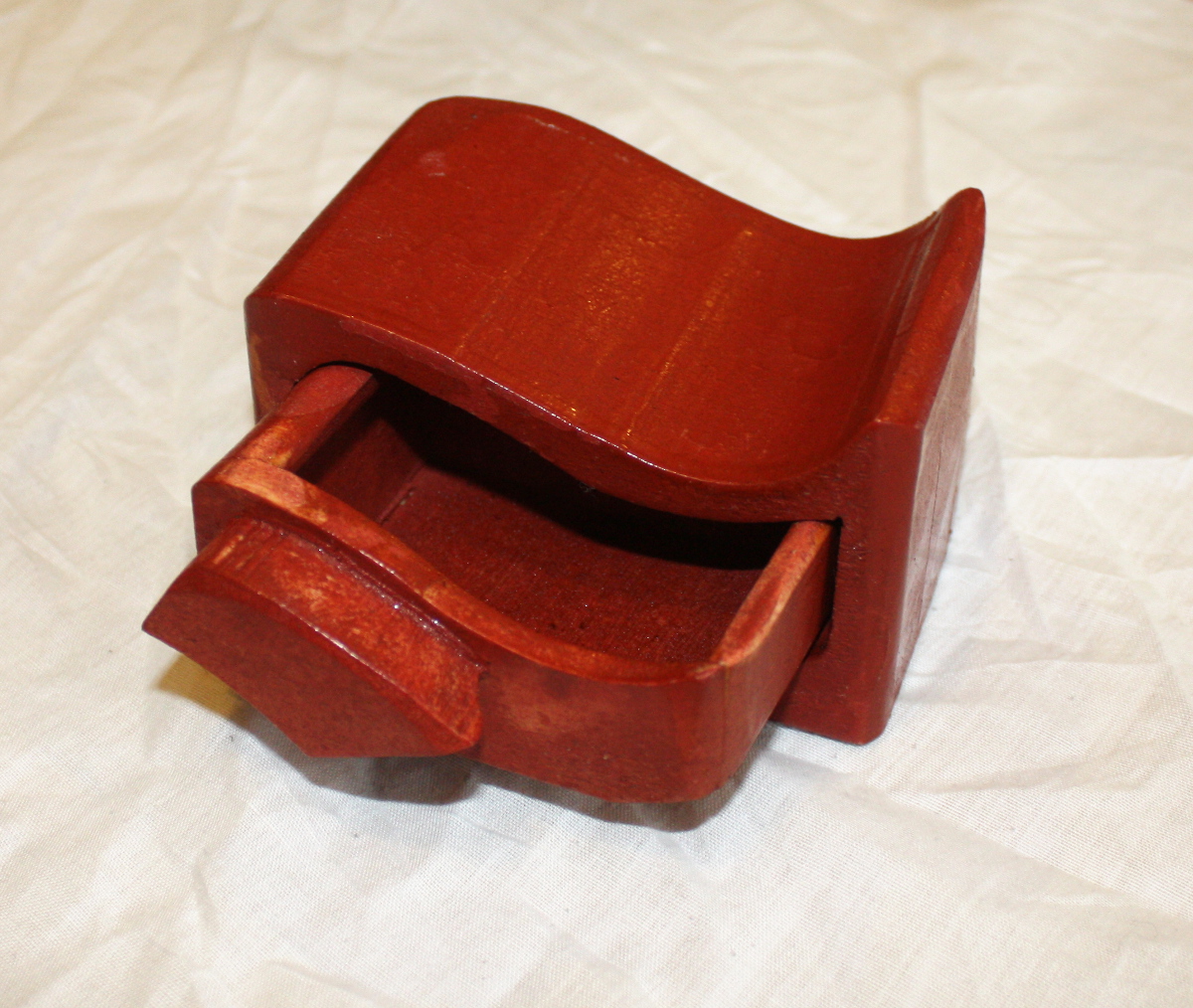
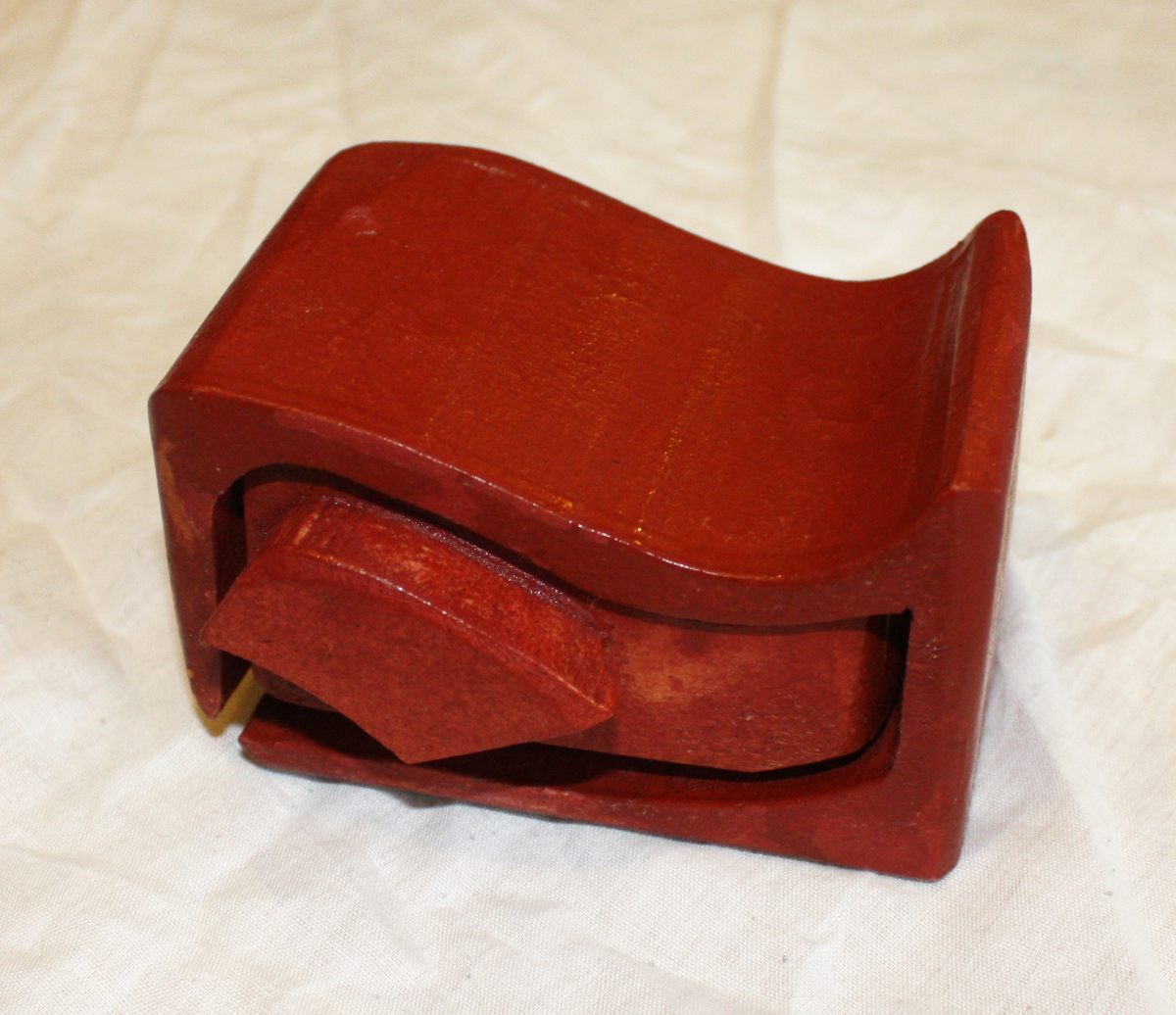
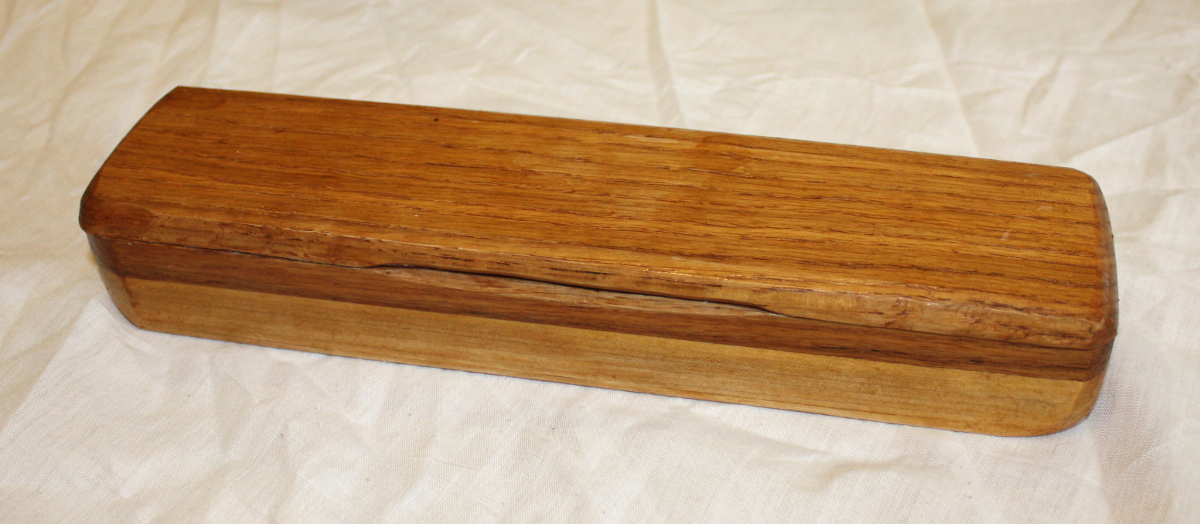
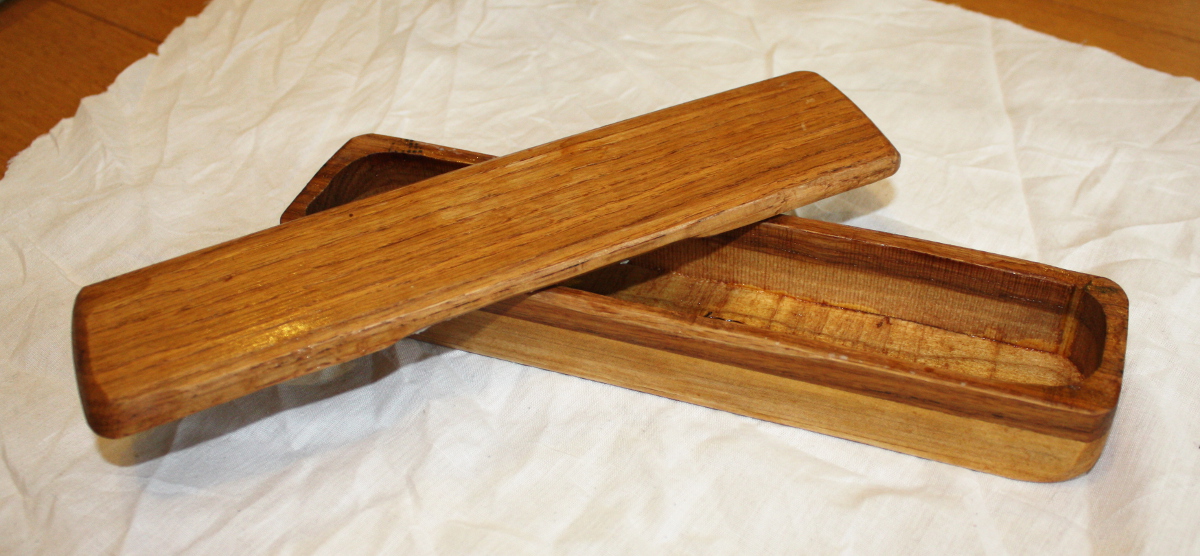
Dropped those off at the school in the afternoon for the bazaar and they hadn’t a clue what to do with them so they’re lumped in with the bric-a-brac. Oh well, might get them a bit more notice next year. This year though, someone’s getting handmade boxes rather cheaply 😀
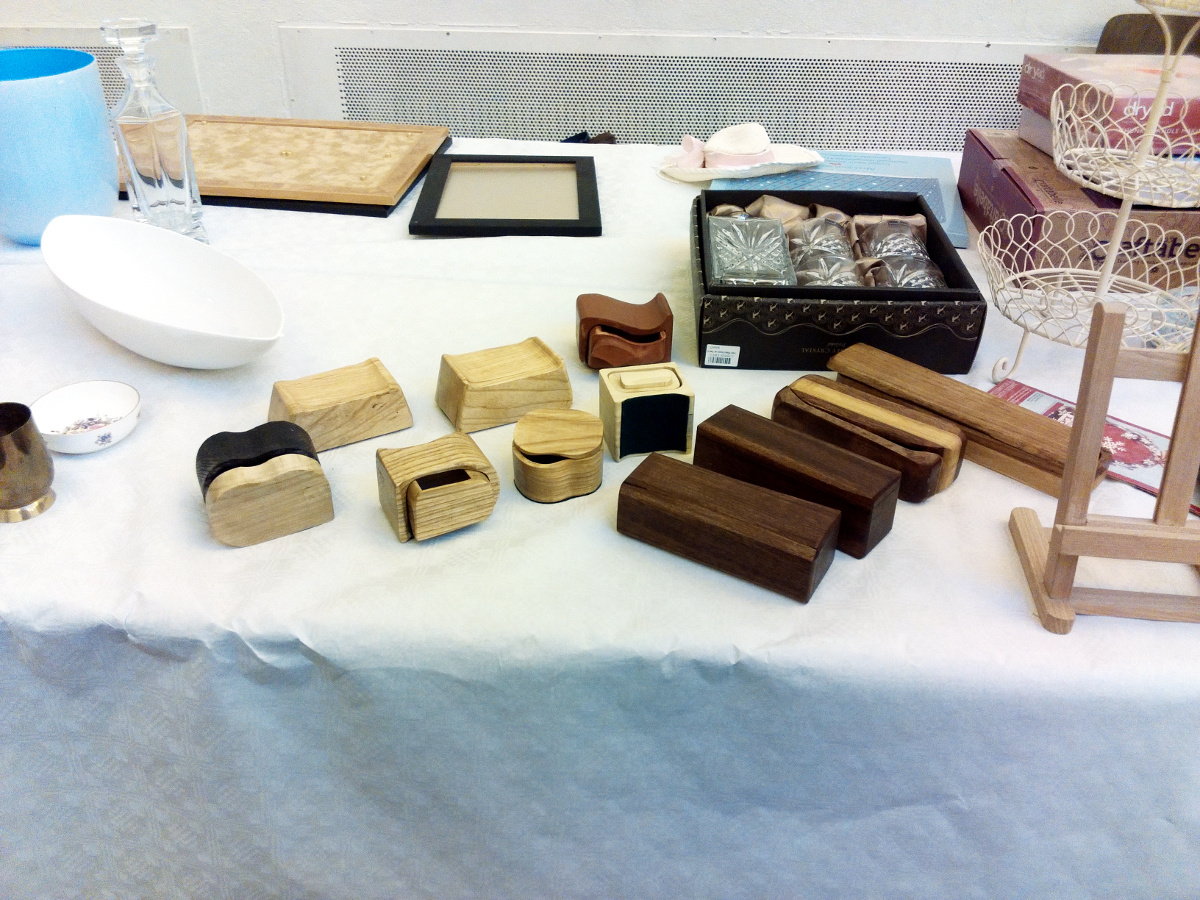
It’ll be interesting to see if they actually do sell, if they do I might make a piece explicitly to sell next year, just to see if it would.
Oh, and today’s Black Friday, so I bought a sander 😀
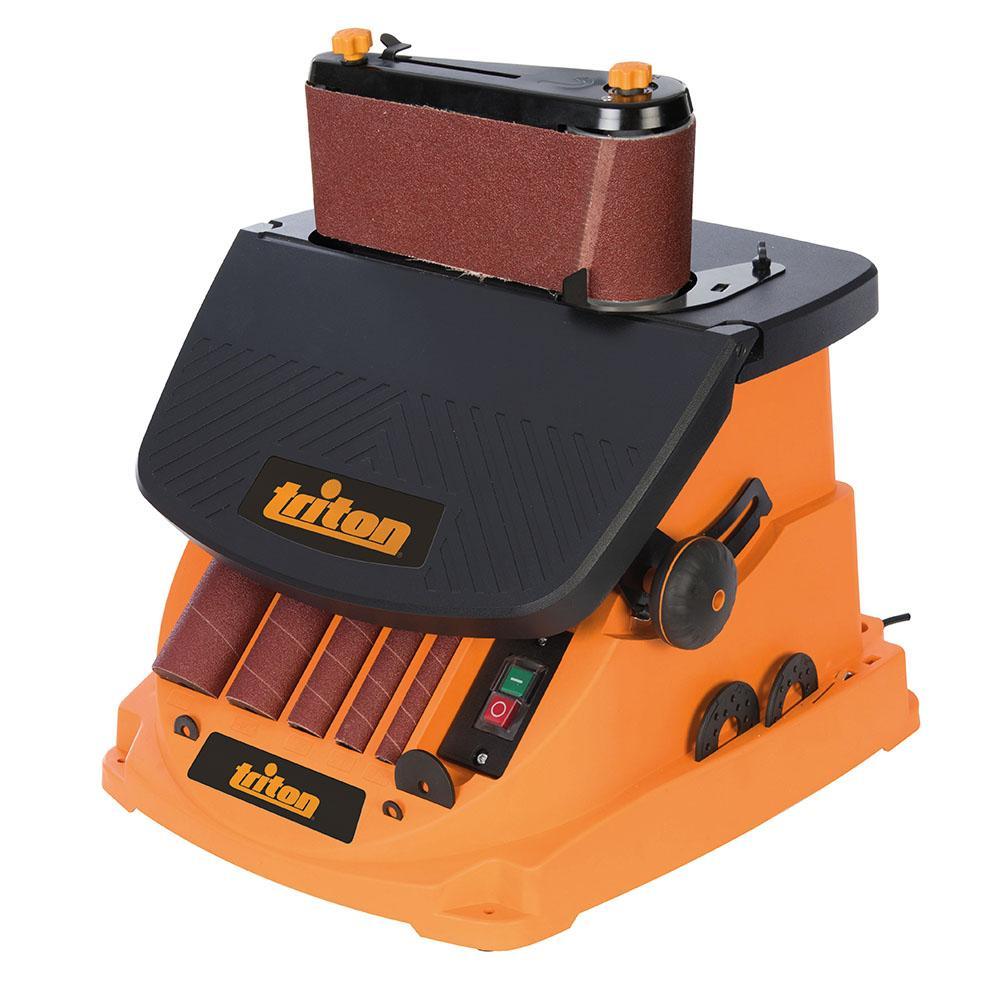
(along with a few belts and spindles for medium and fine grades to go with the coarse set it comes with). I know it *looks* like a fancy version of a belt sander turned on its side, but it’s a bit better than that. For a start, better dust collection and about 26dBA quieter 😀 Plus, you can swap out the belt for a spindle to do curved surfaces:
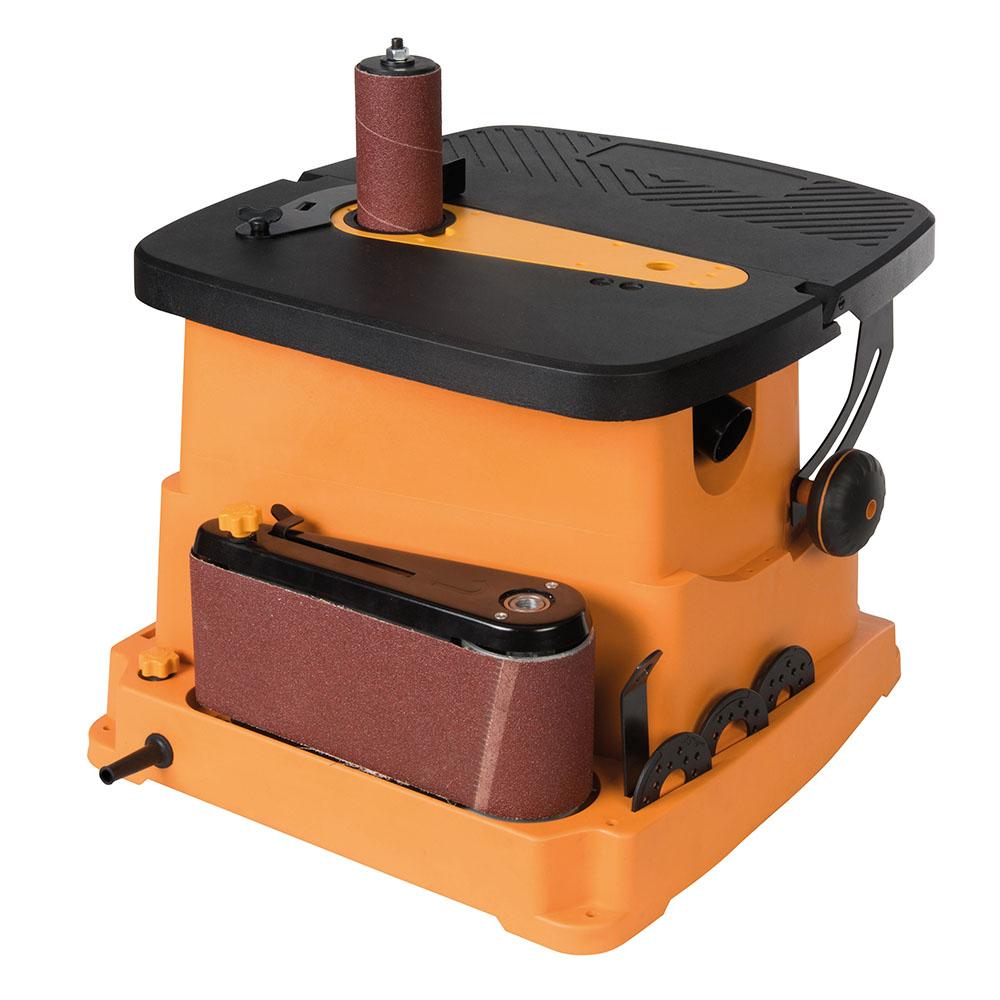
And of course, it has built-in storage all over the place which is nice (but doubtless not enough if you have more than one grade of sandpaper). So I’ll build a plywood platform for it and a 2×4 framework to let me store it below the bandsaw. Getting cramped in the shed now though…
And Rutlands were also doing a sale so I got some more titebond (I’m down to my last bottle), a spare silicone glue brush set (because I’m always waiting for the two brushes I have to finish drying before I can use them again), and some other small doodads and gimmicks like plastic razor blades. But hey, if amateurs don’t buy this stuff, who will? 😀
